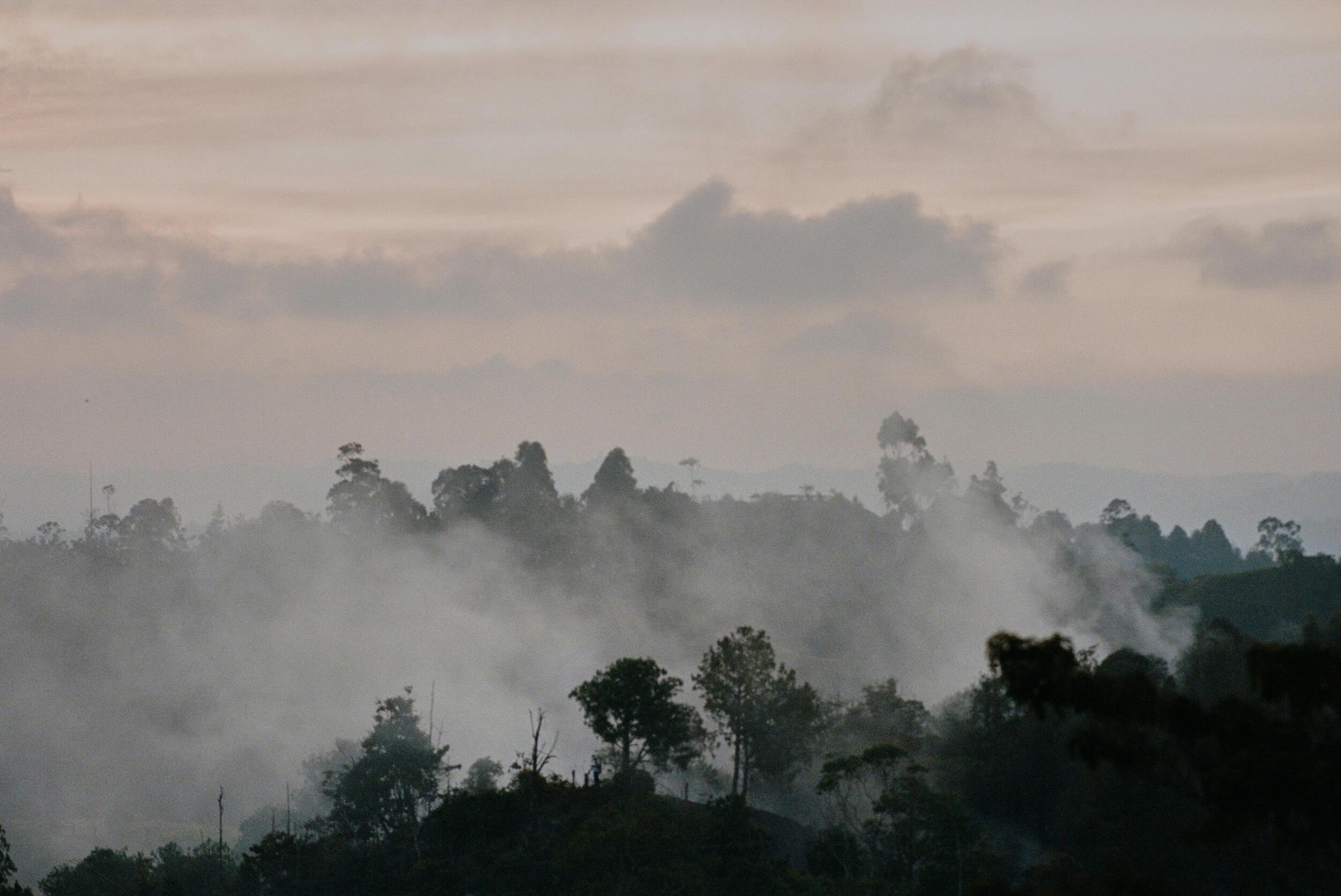
The Wonders We Seek are Inside Us











Credits
Photography · TIFFANY NICHOLSON
www.tdnphoto.com
www.instagram.com/tdnphoto













Credits
Photography · TIFFANY NICHOLSON
www.tdnphoto.com
www.instagram.com/tdnphoto
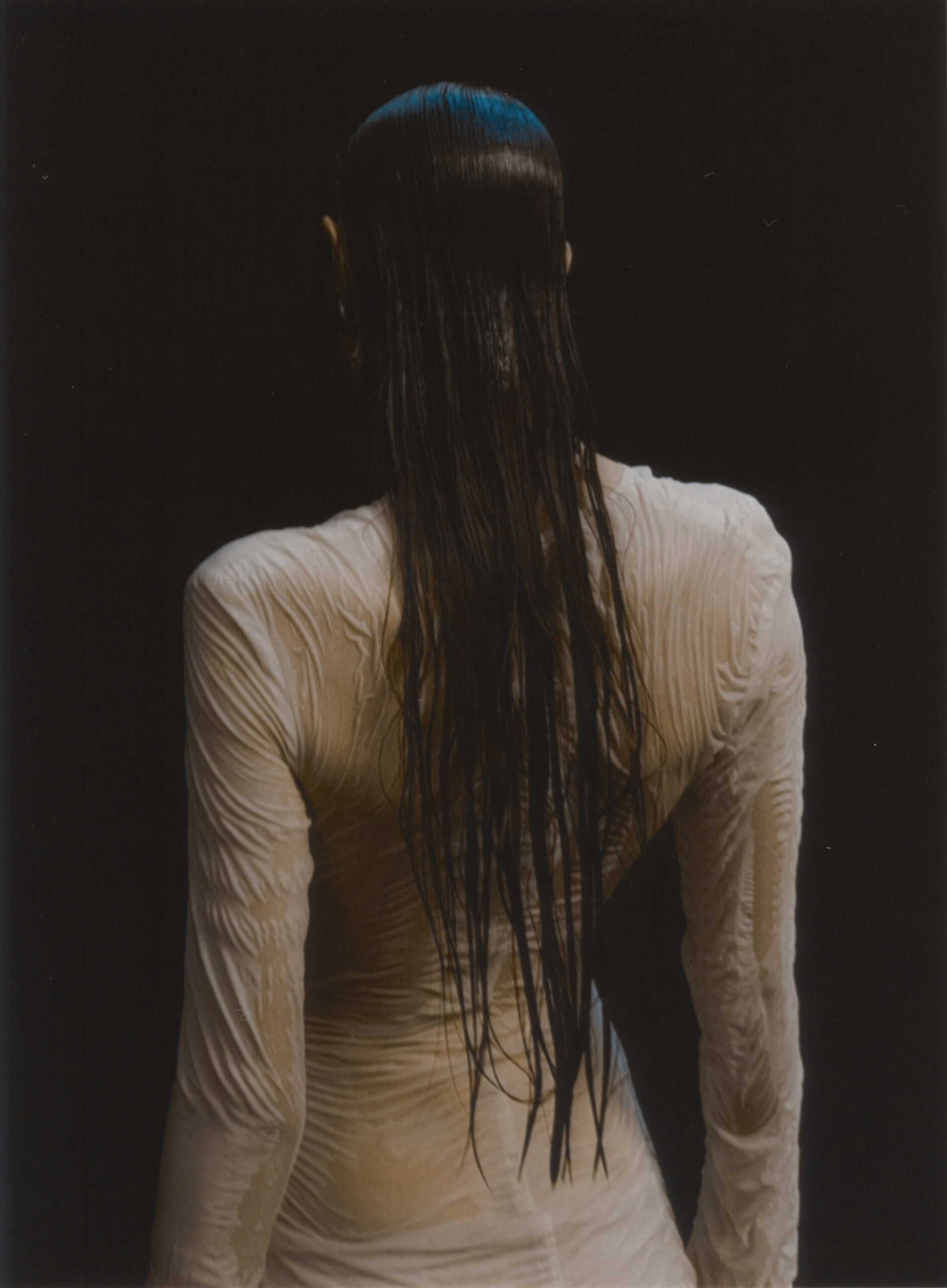






















Team
Photography · MICHELE YONG
Fashion · MIREY ENVEROVA
Art Direction · Laura Gavry
Creative Direction · NIMA HABIBZADEH and JADE REMOVILLE
Hair · MAYU MORIMOTO
Make-Up · MIKI MATSUNAGA
Model · ELLINOR from NEW MADISON
Photo Assistant · DENISE CHONG
Designers
















This was my first time in the US and in NYC, a place I literally dreamed about photographing. My mind was full of remarkable images by great street photographers who have roamed these streets before me. Although I had some preconceived ideas and mental images of the city, exploring an unknown place with a camera is always a great discovery. Little by little, stereotypes fall into pieces, and you start creating your own imaginary map of it. You reinvent the city, and by doing so, you reinvent yourself a little too. This process is always exciting, and this excitement can be overwhelming sometimes. In the first two nights, I couldn’t sleep even being too tired, as my mind couldn’t stop thinking about what I’d find the next morning – and if the weather would be good and give me some light to play with. I’d wake up around 6h30, get some cheap coffee and a croissant, and walk, walk, walk, apparently aimlessly, trying to make sense, with my images, of this wonderful mix of chaos, energy, and flux. I’m aware I just scratched the surface of this deep world, and this feeling just makes me want to come back for more.














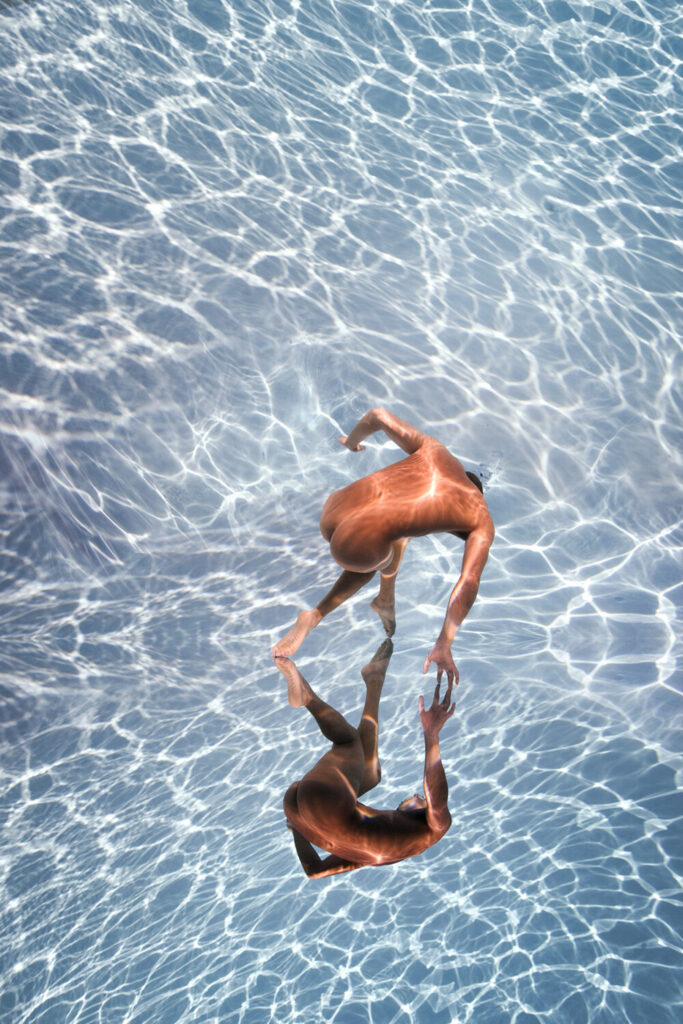
There is an otherworldly quality to Ed Freeman’s images of buildings, where hangovers of the twentieth century, such as motel signs and fast food joints, are captured within a desolate environment. This is deliberate, as Freeman resituates iconic elements of the American Dream within a digitally-configured landscape he has careful created. By inserting different landmarks into the same, but nevertheless slightly altered setting, Freeman challenges the viewer to look more closely at the subject matter, and in turn, at the built environment proper. Freeman’s imagined scenes take on a more obvious appearance in his series of dreamlike underwater nudes. What seem, at first glance, as painterly visions of figures gliding deep below the sea, are, on closer inspection, derived from photographs taken of models shot in a swimming pool. Digital enhancement and manipulation drives Freeman’s work, and by immersing the viewer in this constructed world, the qualities that make up the ‘real world’ return to the fore.
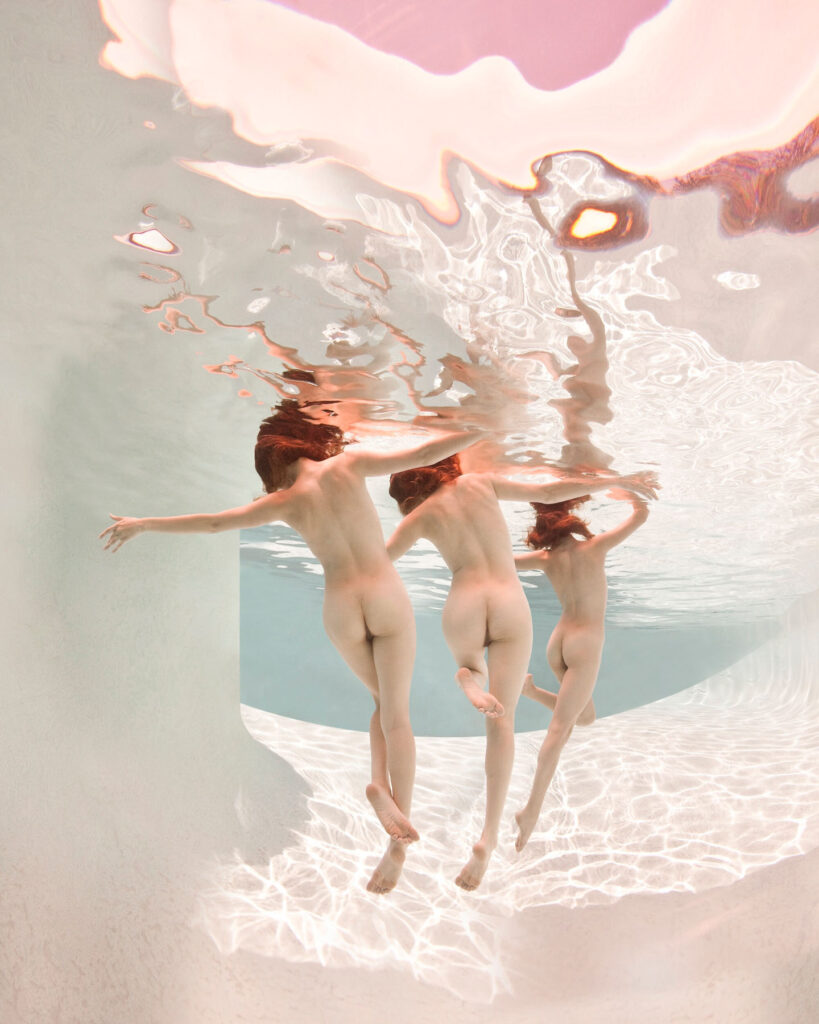
How does your work capture emotion in a way that non-manipulated photography cannot?
Non-manipulated photography is unmatched for capturing emotion. What I can do with manipulation is remove elements that distract from that emotion, modify lighting to enhance that emotion. It’s difficult or impossible to invent emotion where none existed before.
Do you envision the final outcome of an image when you’re taking photographs prior to editing?
Absolutely. When I look in the viewfinder, I see what’s in front of the lens, but I also see what the final print looks like. I’m always very conscious of what I can and cannot do in post-production. When I’m photographing old buildings and I know I’m going to erase the surrounding structures, I’m careful to shoot some nearby empty land to fill in the parts that I’m going to erase. When I’m photographing underwater nudes, I think, “that was an almost perfect body shot. Her eyes were closed, but there’s that great facial expression I shot five minutes ago. I think I can splice that head onto this body. And maybe I have a better foot someplace; I’d better check.”
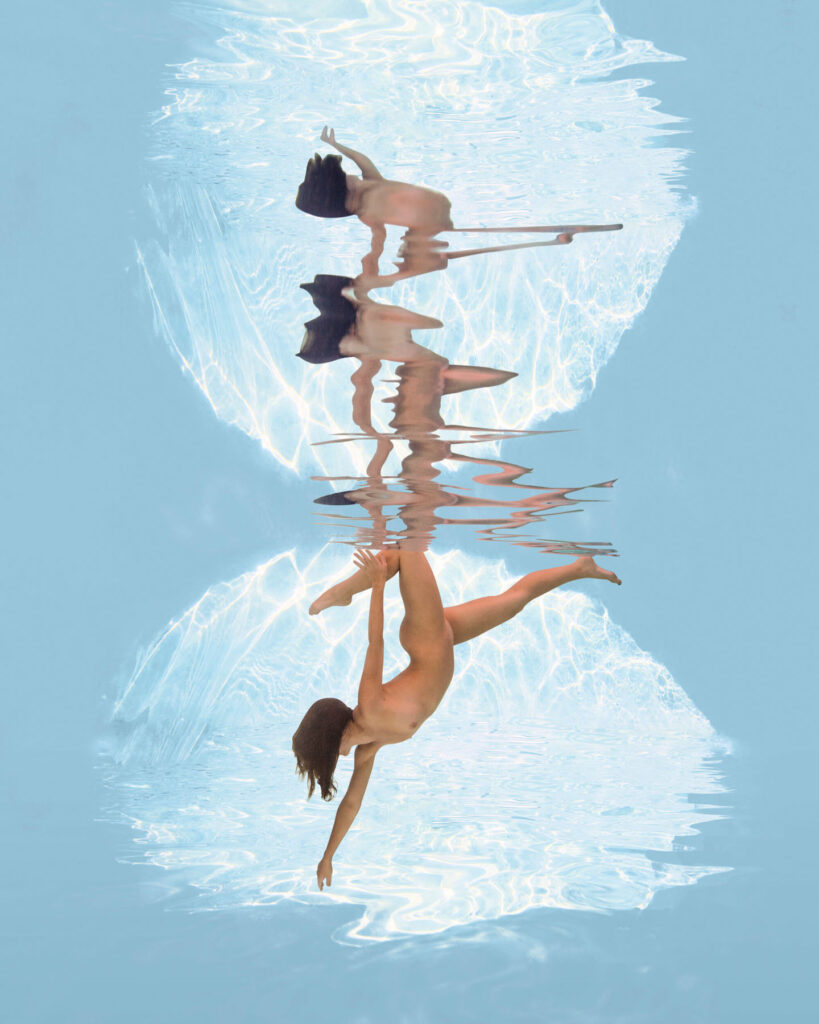
What is the importance for you in documenting the landmarks of a bygone era in the Realty series; What do you want the viewer to take from them?
Viewers can take from my pictures whatever they want; it’s not my job to control their experience. But for me, these old buildings are part nostalgia and part a commentary on the death of the American Dream. I grew up in a time when America was an optimistic land of opportunity. Now it seems to have devolved into a land of xenophobia, racism, polarization and paranoia. These crumbling buildings hark back to a simpler, happier past and by extension, maybe point the way to a happier, albeit less naive future.
Similarly, many of the buildings you have photographed have since disappeared, so what can they tell us about the present and the future?
Everything changes, everything ages and evolves. Today’s hip will be tomorrow’s kitsch, next year’s laughing stock and next generation’s quaint gem waiting to be discovered and revived. That has forever been true yet each generation has to learn it for themselves.
“For me the solution is to be passionately invested in the present, fascinated with the future and at the same time know and love the past – sort of the same way you know and love your goldfish.”
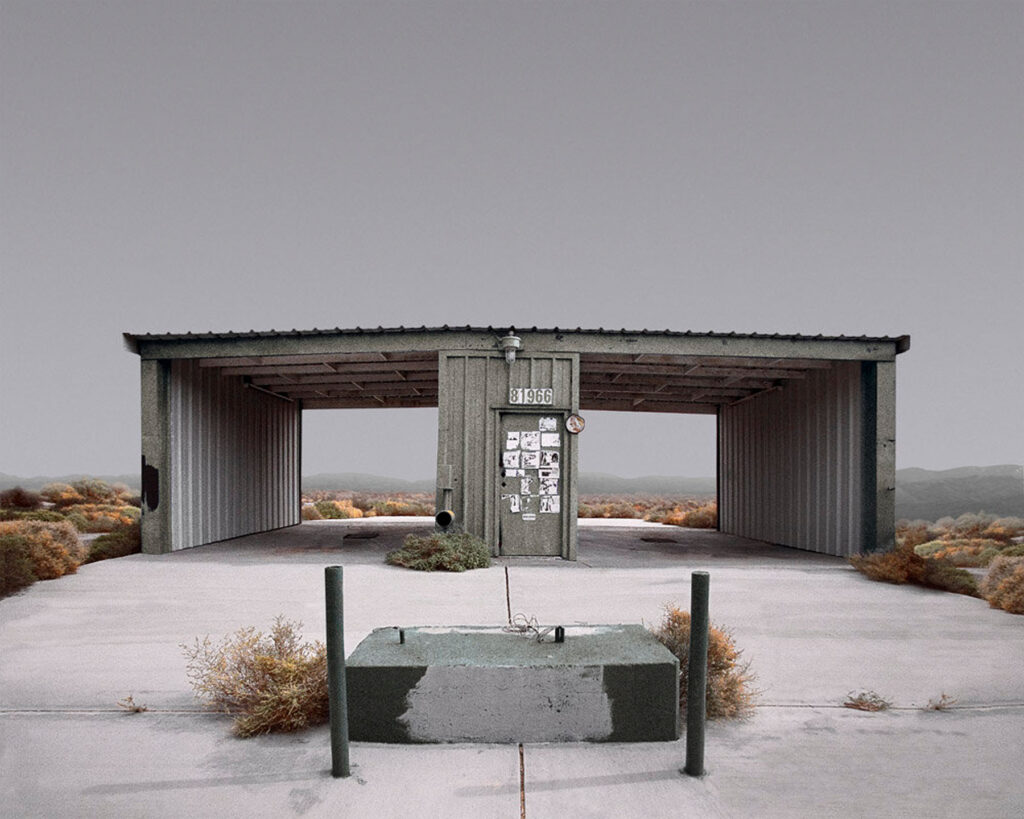
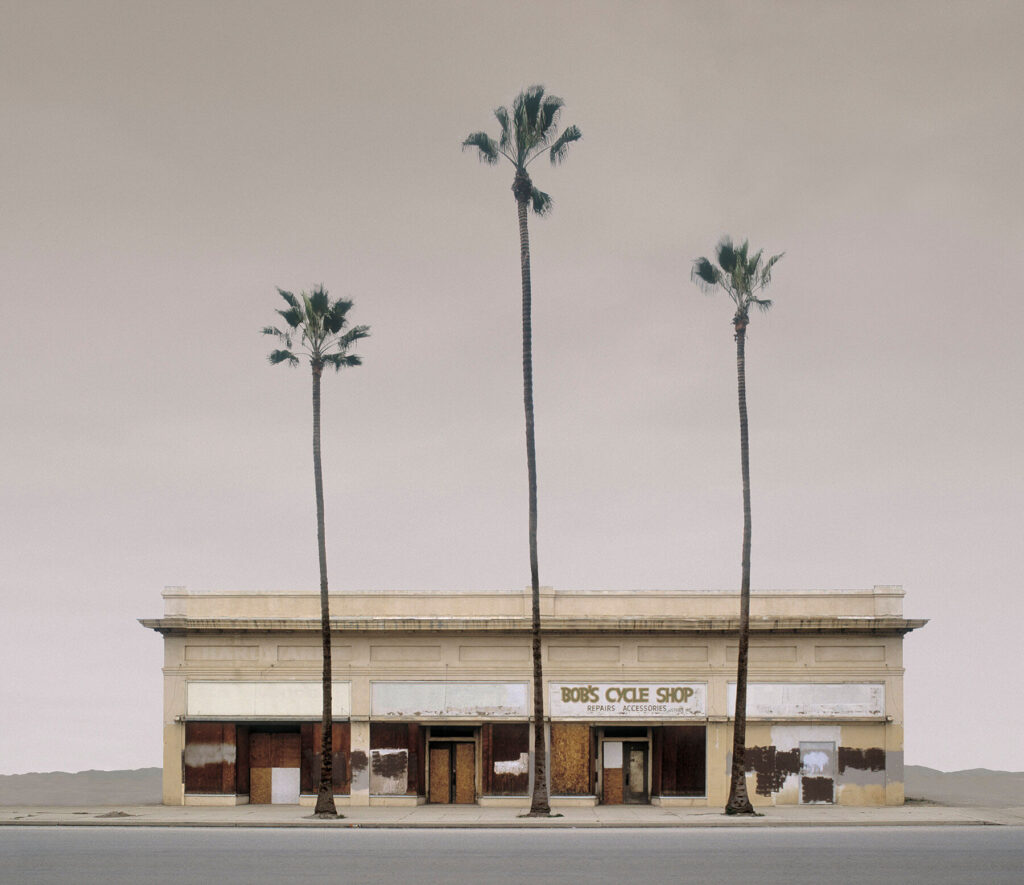
What draws you to the themes you explore?
Well, first of all, I’ve always liked the way people look without their clothes on. I’d probably be a nudist if I weren’t such a prude. That pretty much explains the underwater nudes. Other than that, I have no insights to offer.
“I’m interested in EVERYTHING and if I had enough time, I’d photograph everything. Thank God I don’t because my filing system is complicated enough as it is.”
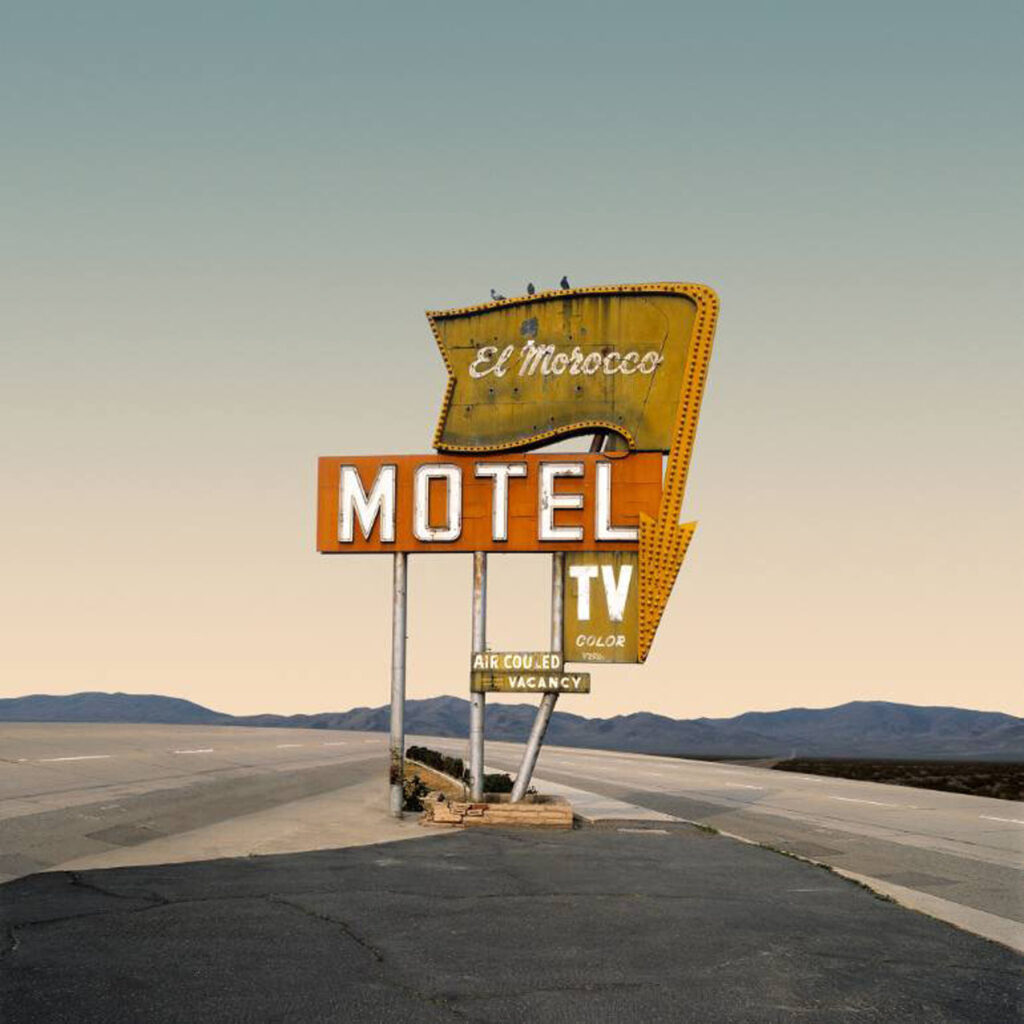
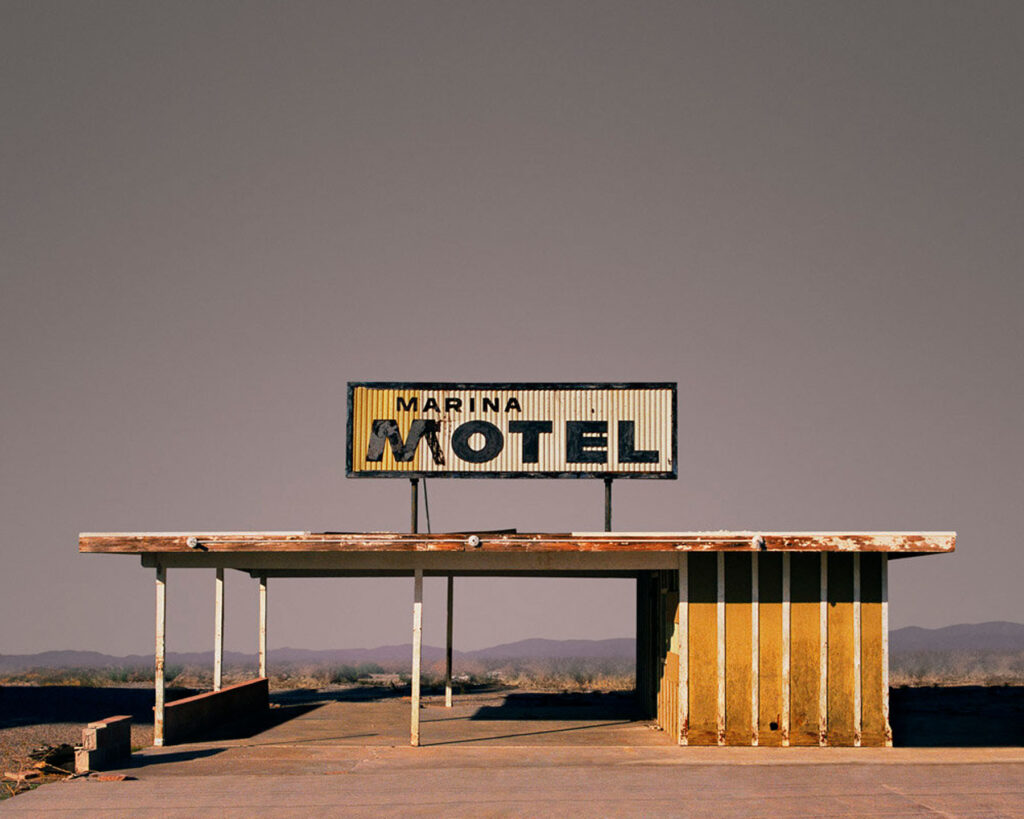
Visually, the Underwater and Realty series could not seem more different, but are there any shared meanings in them?
I don’t deal in messages and meanings; my job is ask questions, not to answer them. Sort of analogous to the chef who might say, “my job is to prepare food, not to eat it.”
Your practice hinges upon digital photography and manipulation; Do you think that over time it will be recognized as its own medium?
Identifying what I do as distinct from traditional photography is not particularly important to me, but I think it is to people who collect photography – they have a legitimate right to know how much manipulation, if any, has been done to an image. Any serious collector of mid-century photography knows that Ansel Adams used every darkroom trick in the book to refine his images, whereas Edward Weston was a purist who never did any modification to his. They both made stunning works of art. These days, we have more ways to manipulate pictures than Ansel ever dreamed of. I’m not sure we have to invent a new term for altered photographs, but we certainly have to be upfront about what goes into the finished picture. Some people look down their noses at extensive manipulation, but most (including me, obviously) just see it as one option among many in contemporary photography. Any technology, including Photoshop, can be used to create art. “Whether or not it’s a great novel depends on the writer, not the typewriter.”
Credits
www.edfreeman.com/collections
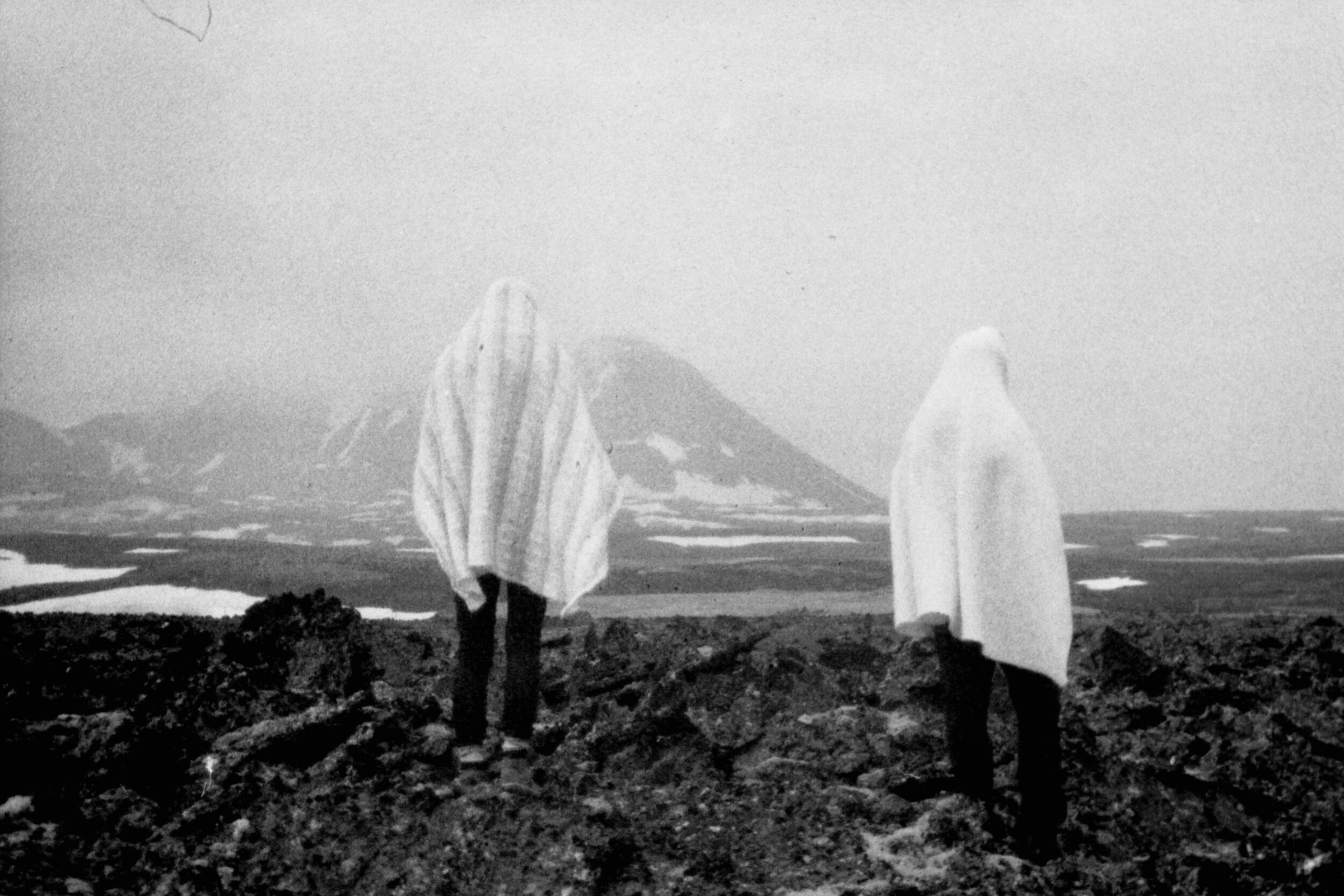










Apparition Disparition is a series of photographs that belong to a larger multi-disciplinary ongoing project called MOSI (meaning moss in Icelandic). MOSI was initiated in 2016 by french photographer Aëla Labbé and icelandic choreographer Bára Sigfúsdóttir in collaboration with norwegian composer Eivind Lønning and french performer Stéphane Imbert. Body, space, instincts, nature, flesh, soil, sound, rock, breath, softness, matter, water, presence, time, landscape, air. In search of connections between what is visible and invisible.
Apparition Disparition was created in Mývatnssveit, Iceland during May/June 2016 and July 2018.
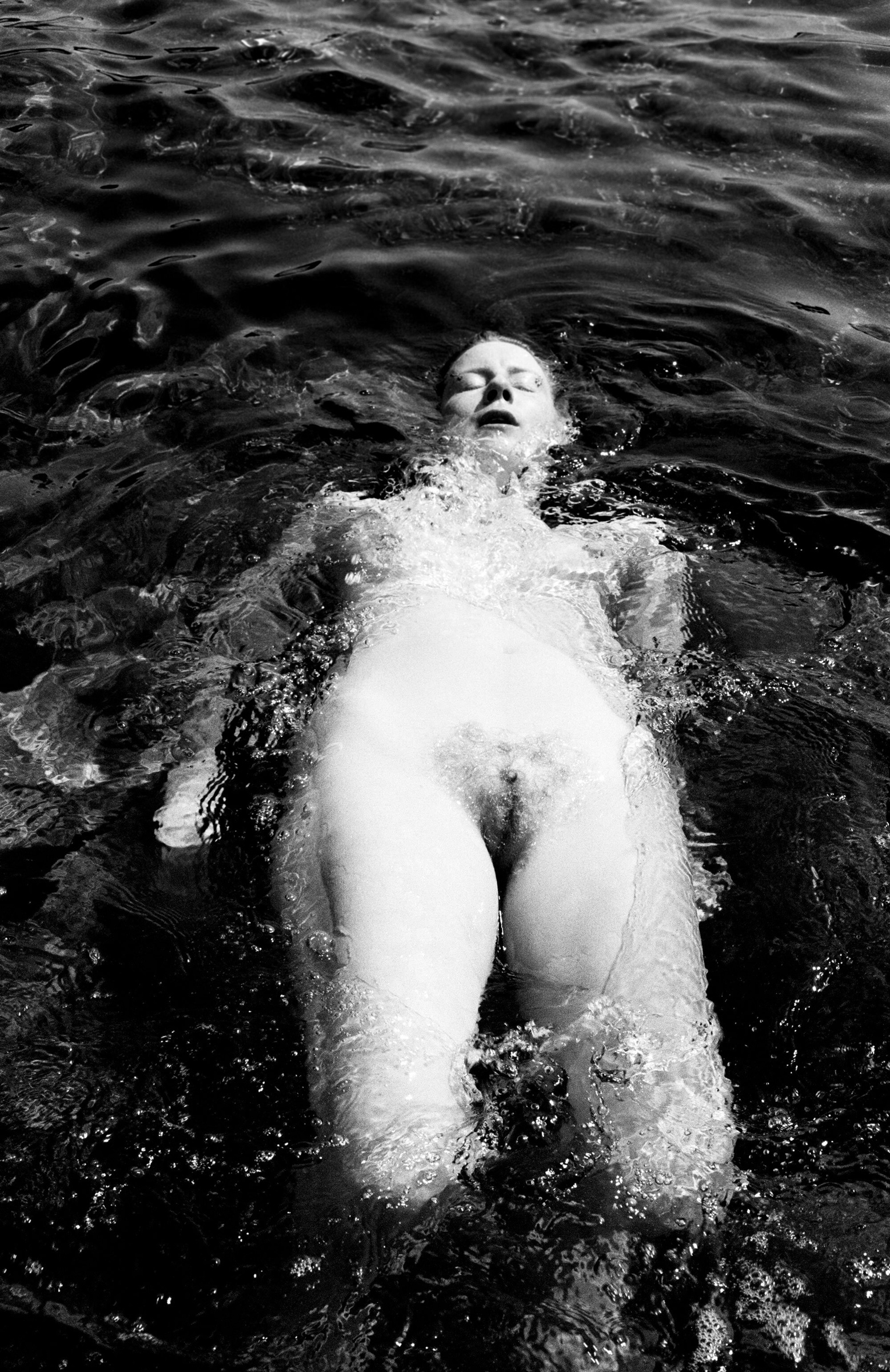

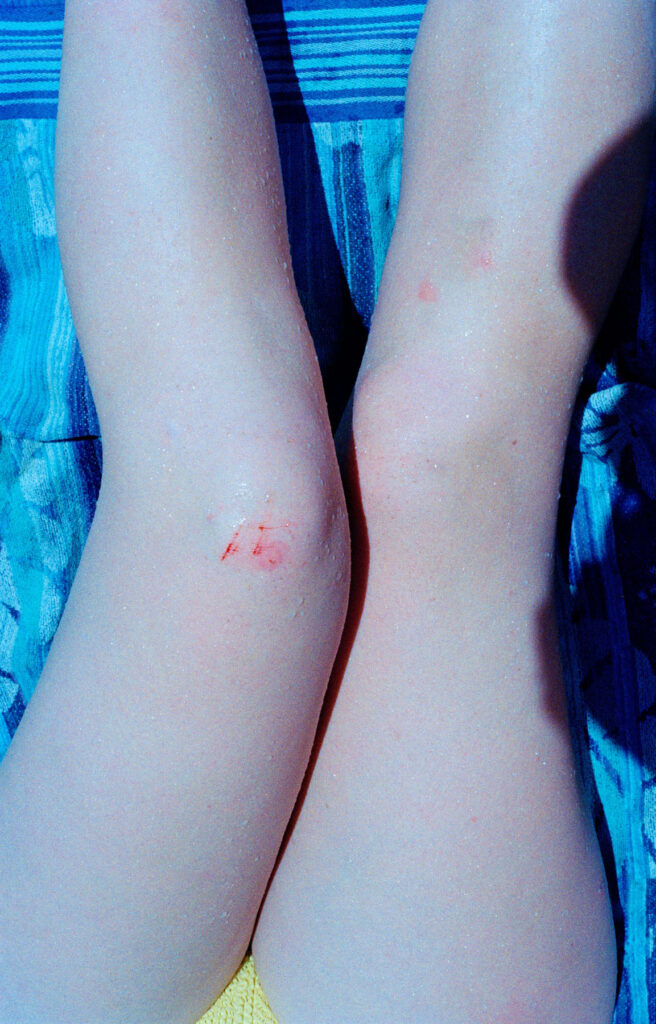
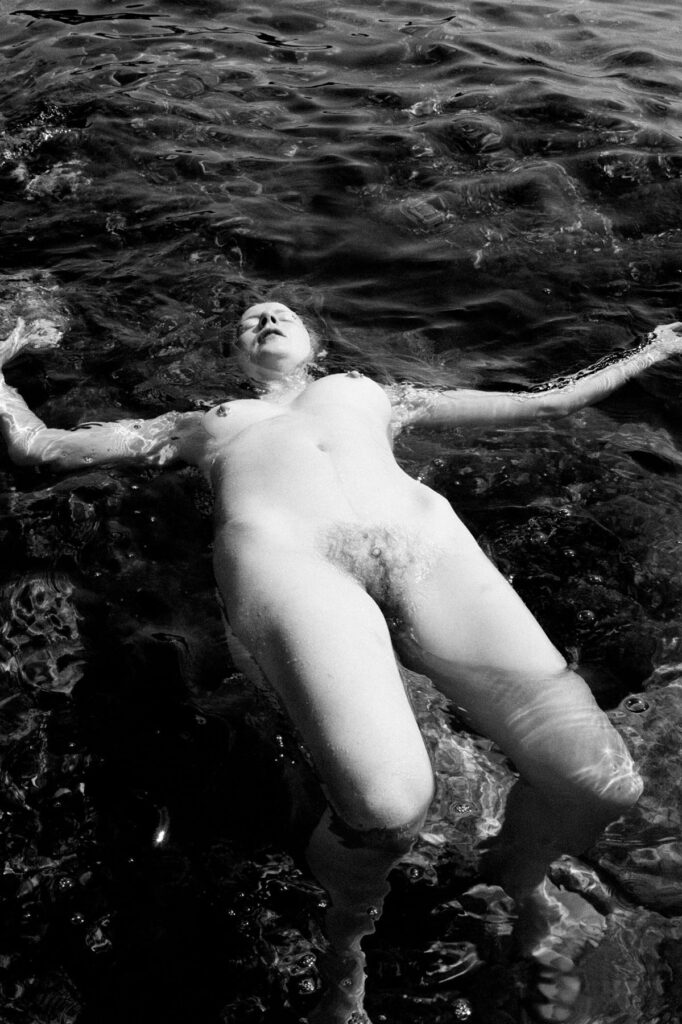
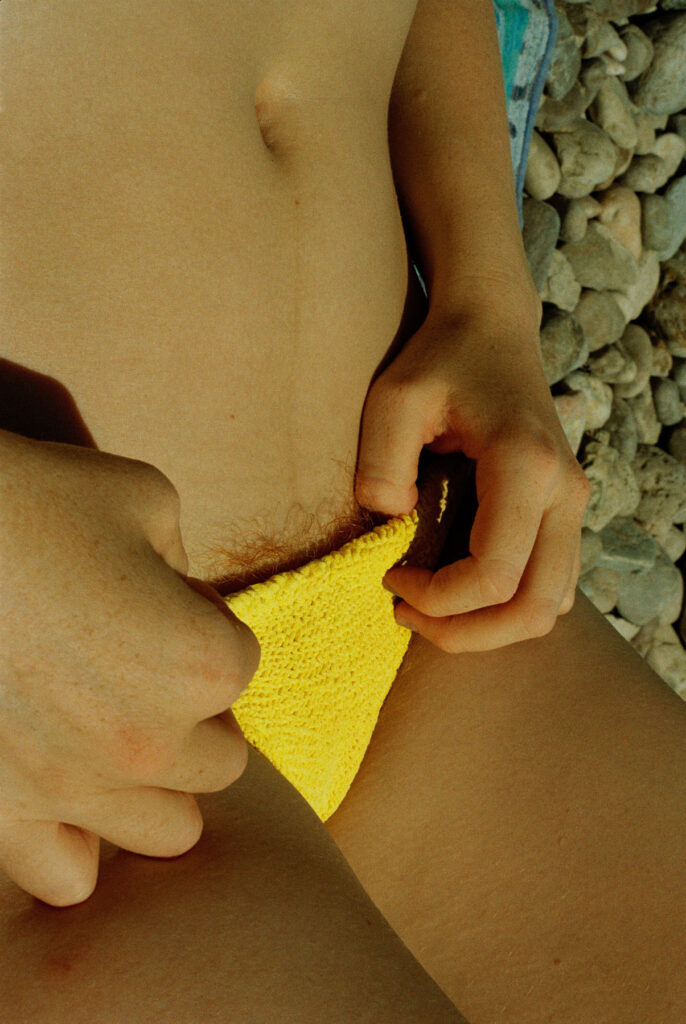
I took these photos last year when my wife, Sinéad and I, went to Sicily for our honeymoon. This vacation came after a year of non-stop work. The images reflect our attempt to release all tension and surrender ourselves to these beautiful and calming surroundings.
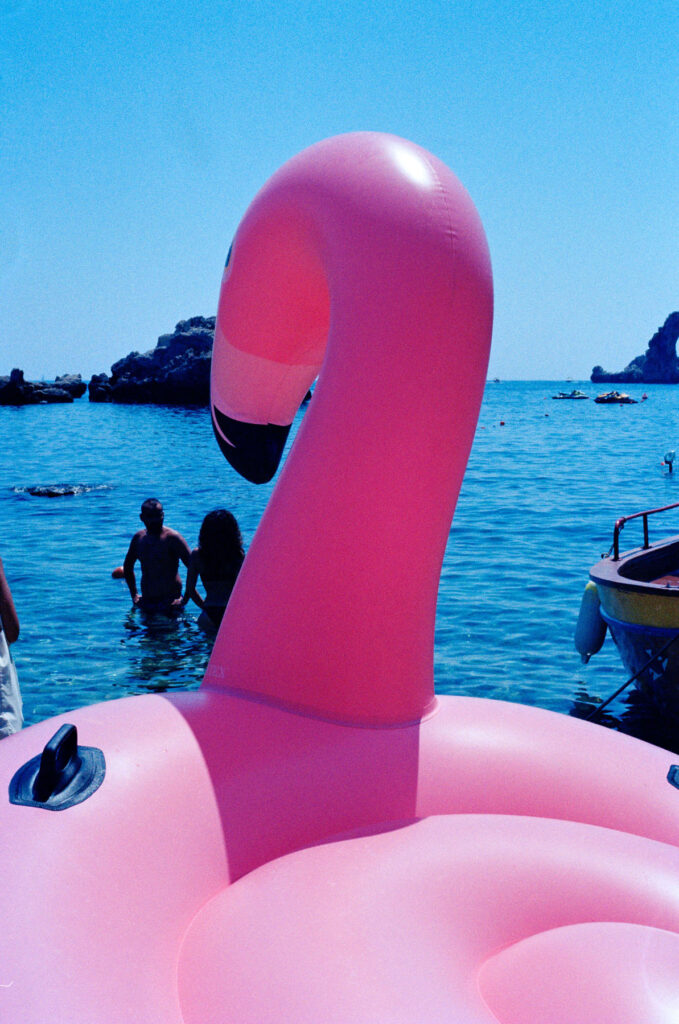
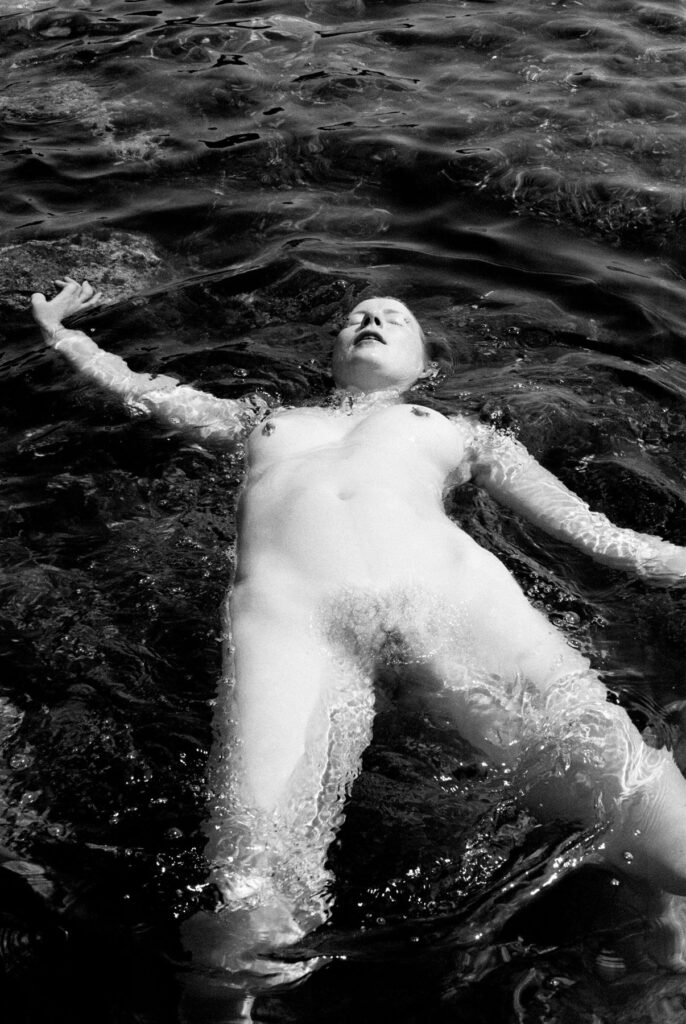

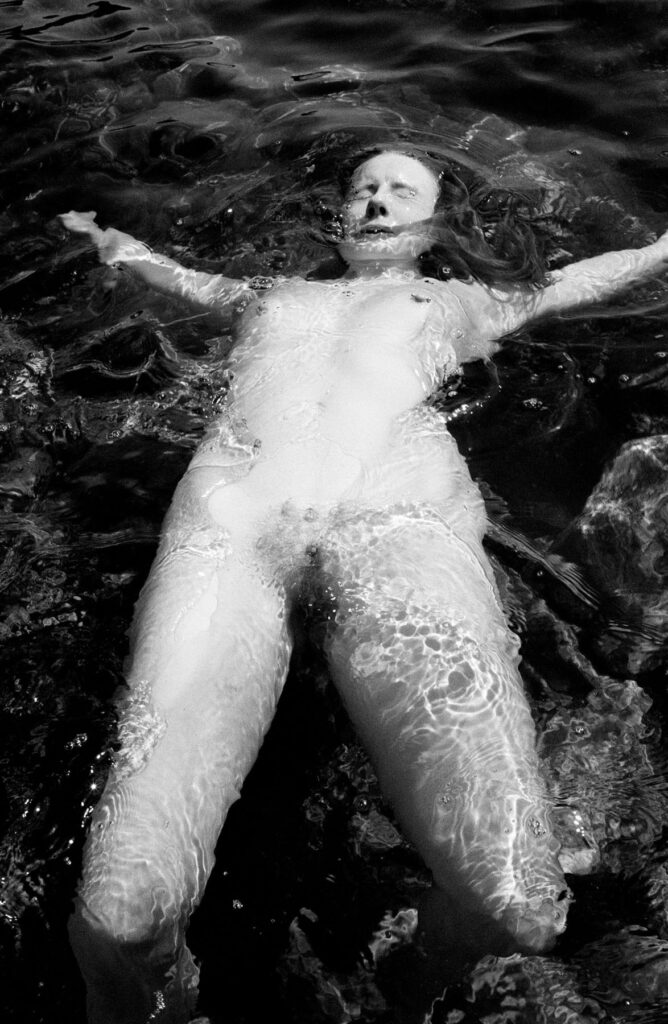
Credits
Photography and words Ottilie Landmark
www.instagram.com/ottilielandmark


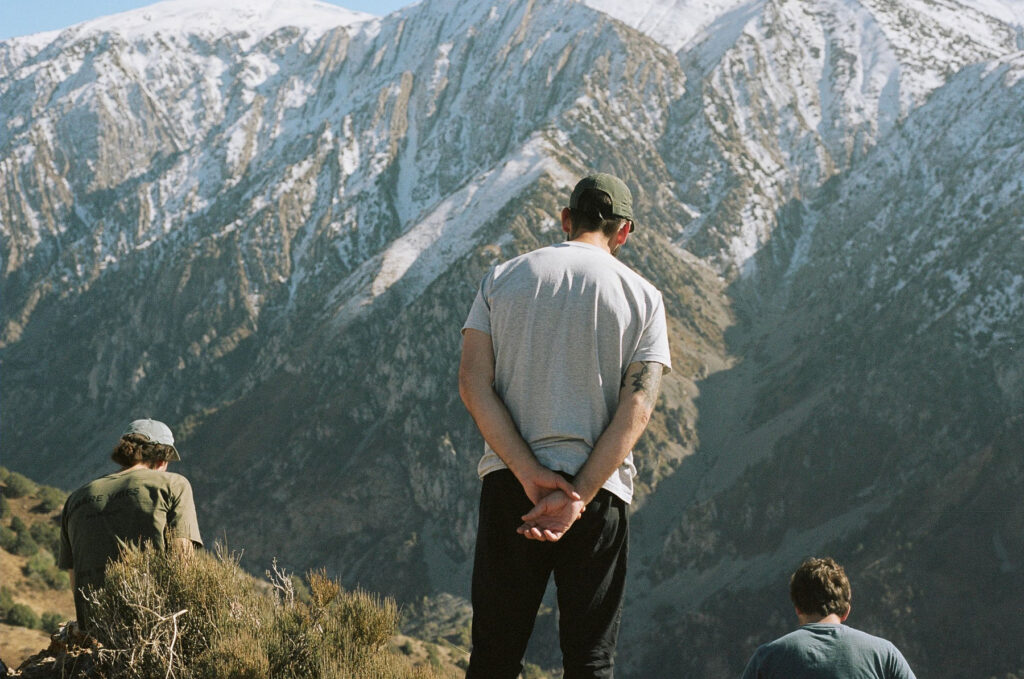
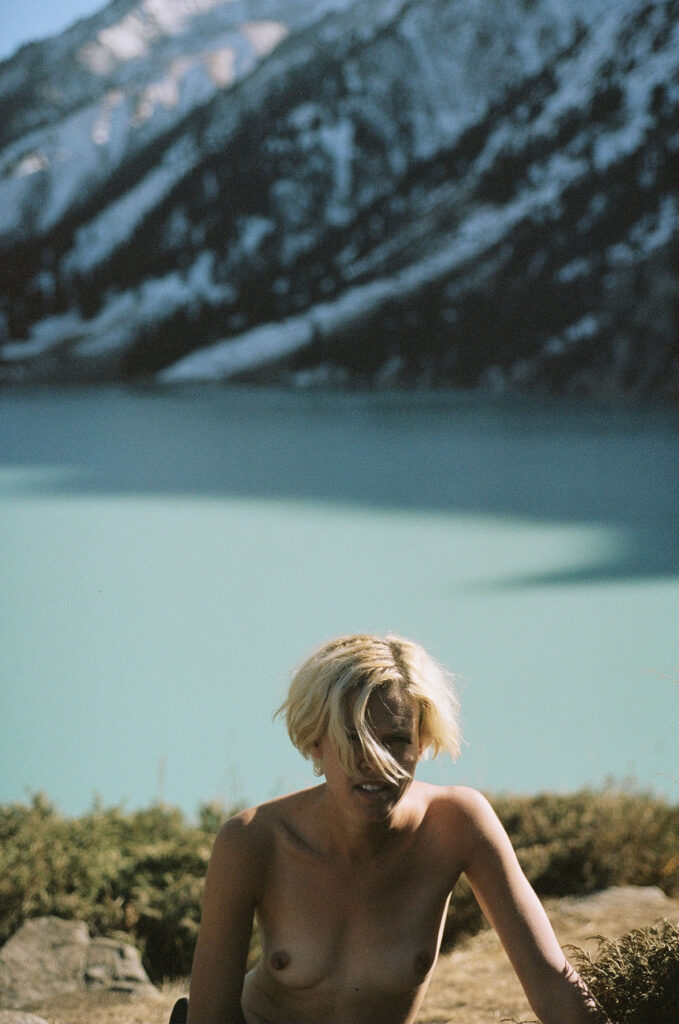


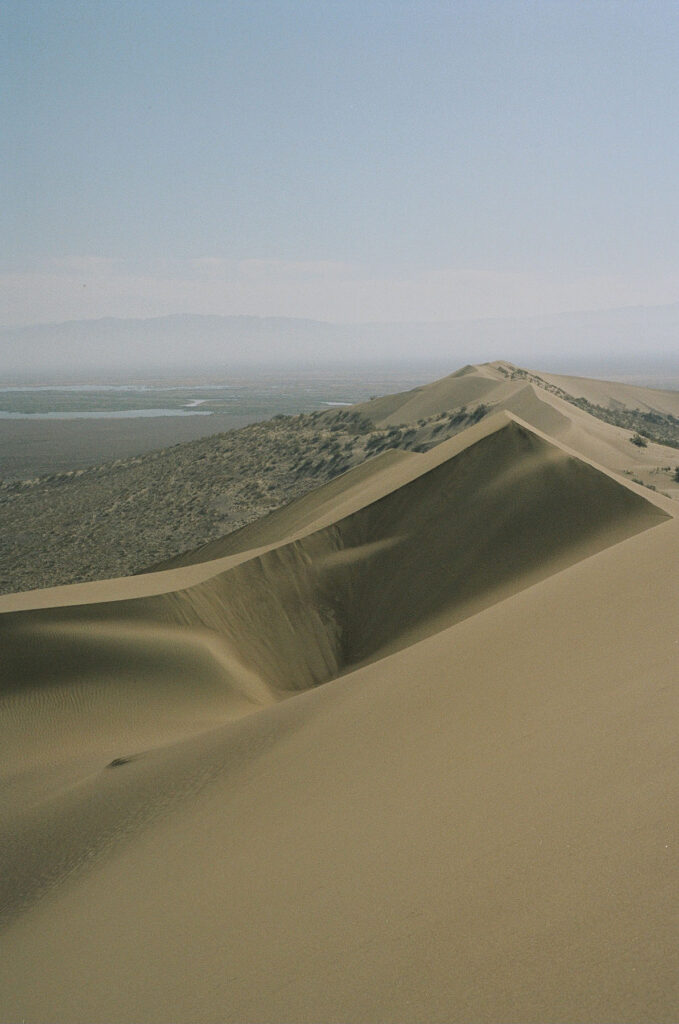
My mom and I left Almaty, Kazakhstan for Canada in 1994. I was 9 years old. When you’re a refugee, you can’t go back to the country you came from for at least 3 years. We went back after 5 years.
My mom was sent to prison for obscure reasons almost immediately after our arrival in Almaty. We left as soon as she was released. I always hated Kazakhstan. I never missed the mountains that my mom always talked about. I never felt any connection to the place where I was from.
Growing confused about my identity, seventeen years later I decided to go back. I hiked the mountains where I grew up, slept in yurts, ate the food and spoke the language.
Being back home felt wonderful!

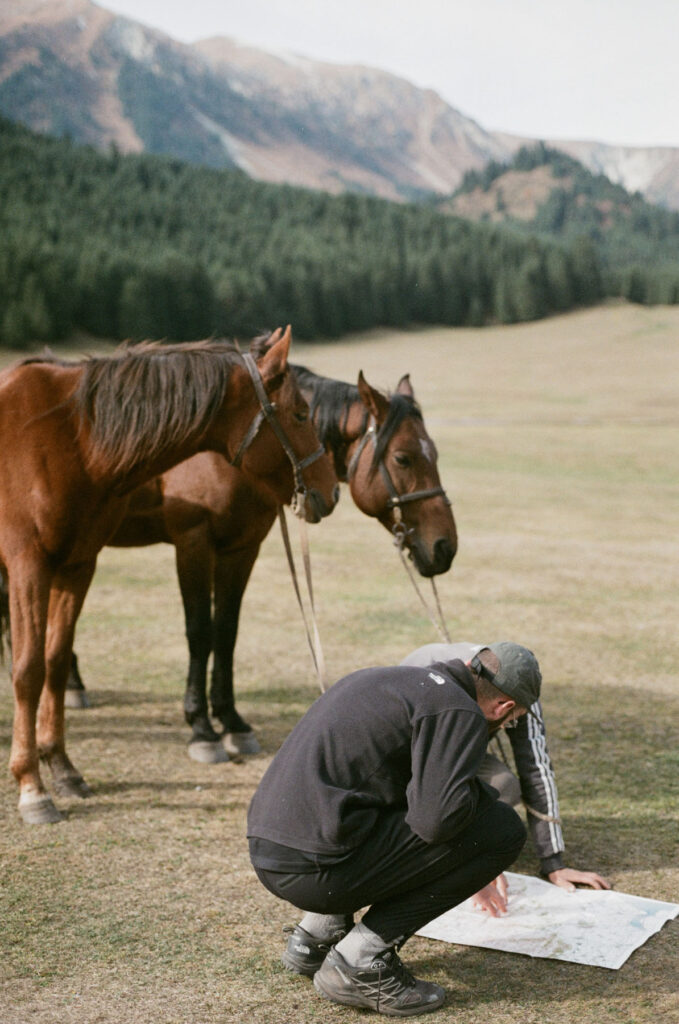
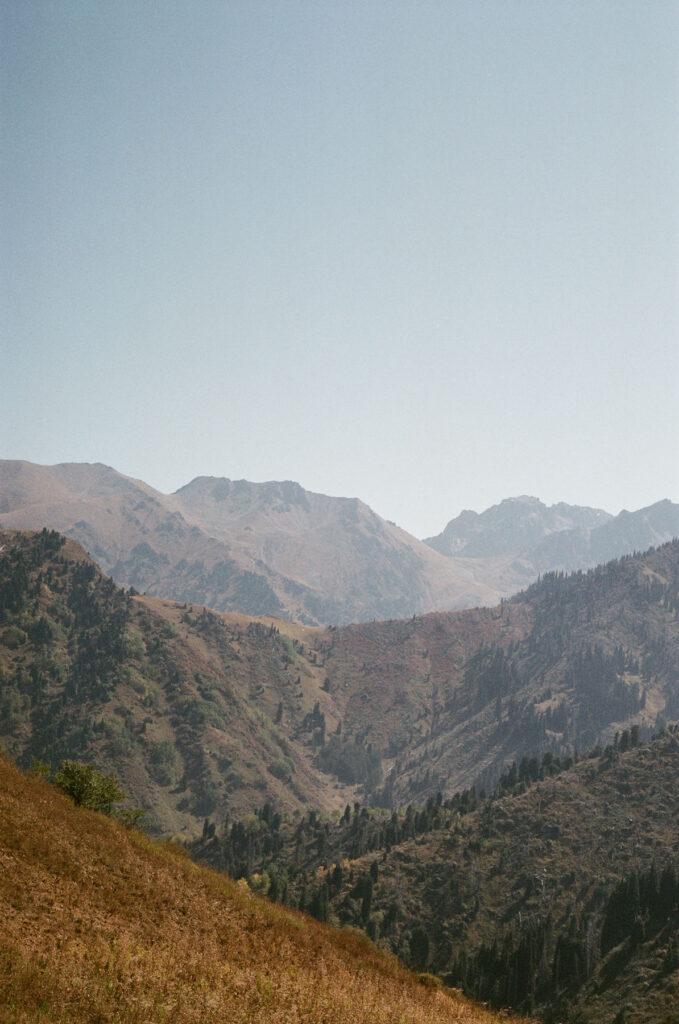
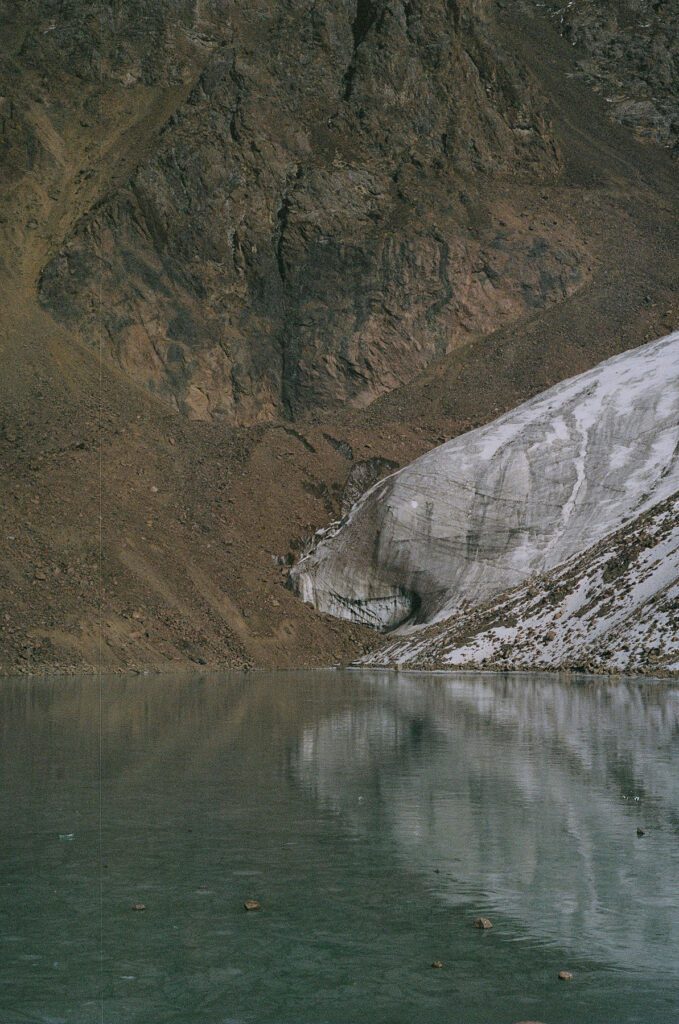
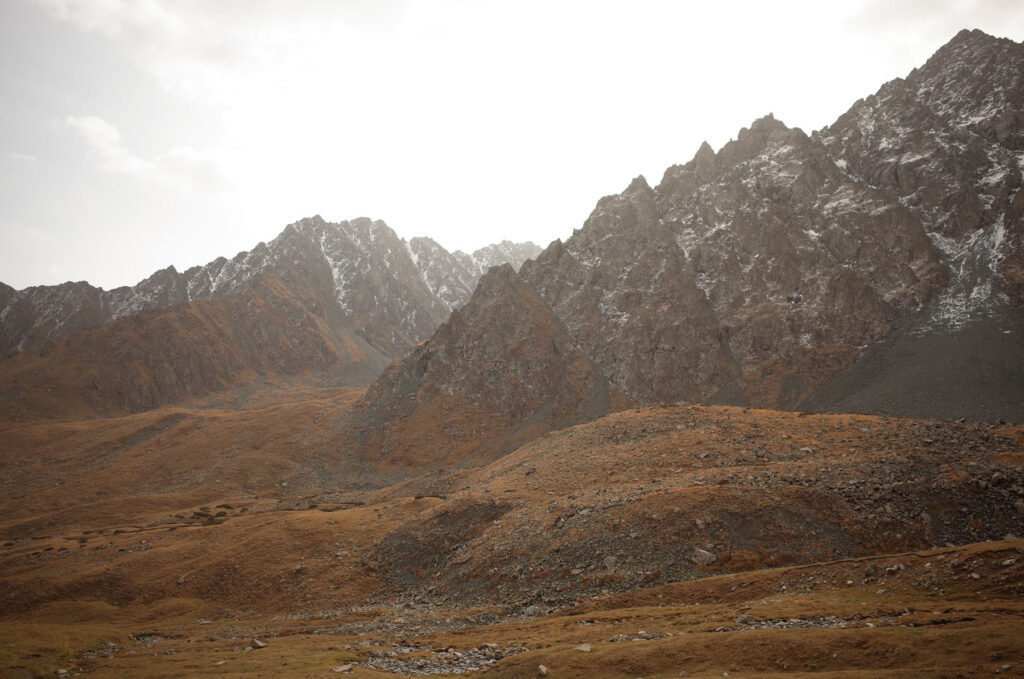
Credits
Photography and Words · Valeria Amirova
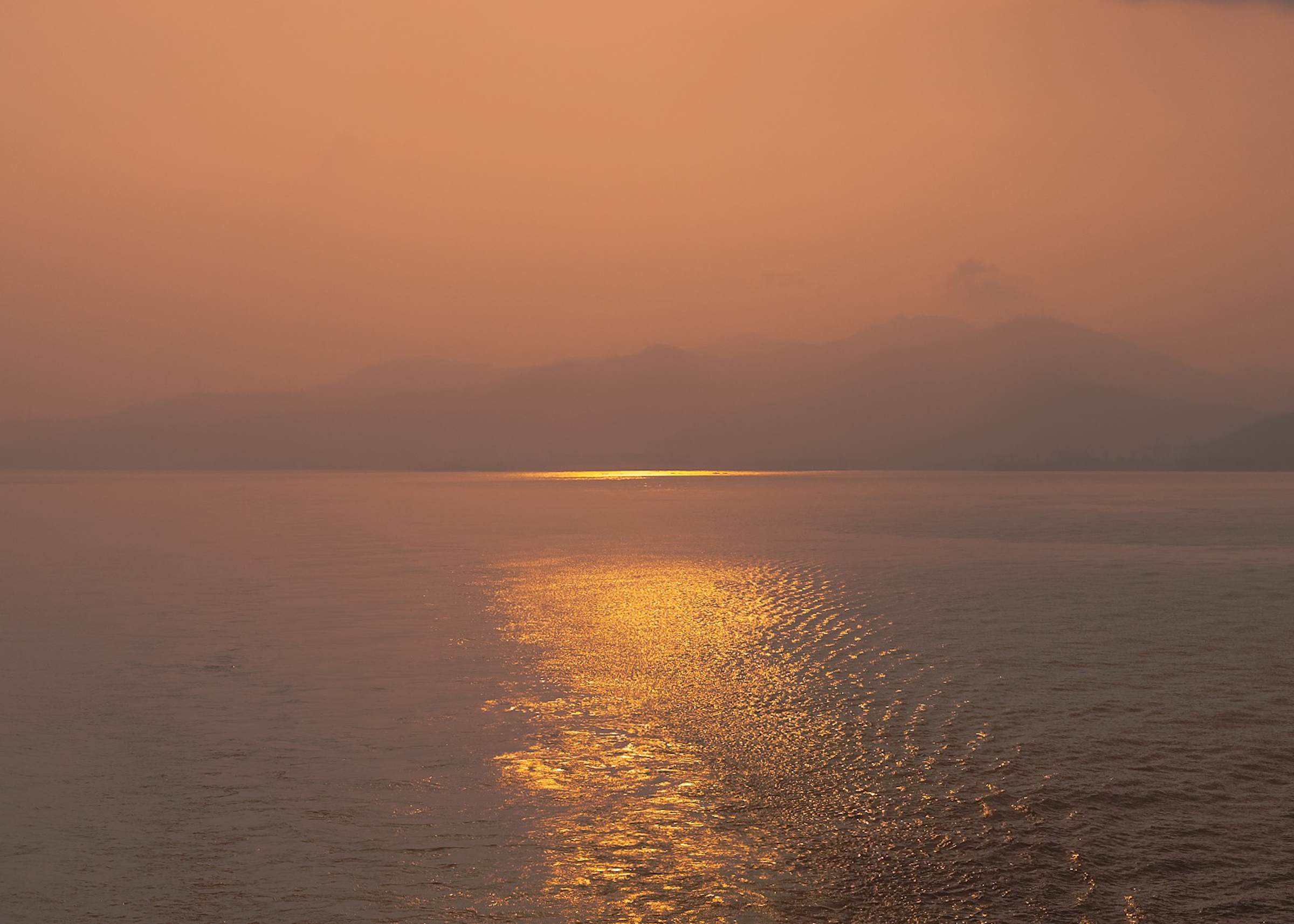
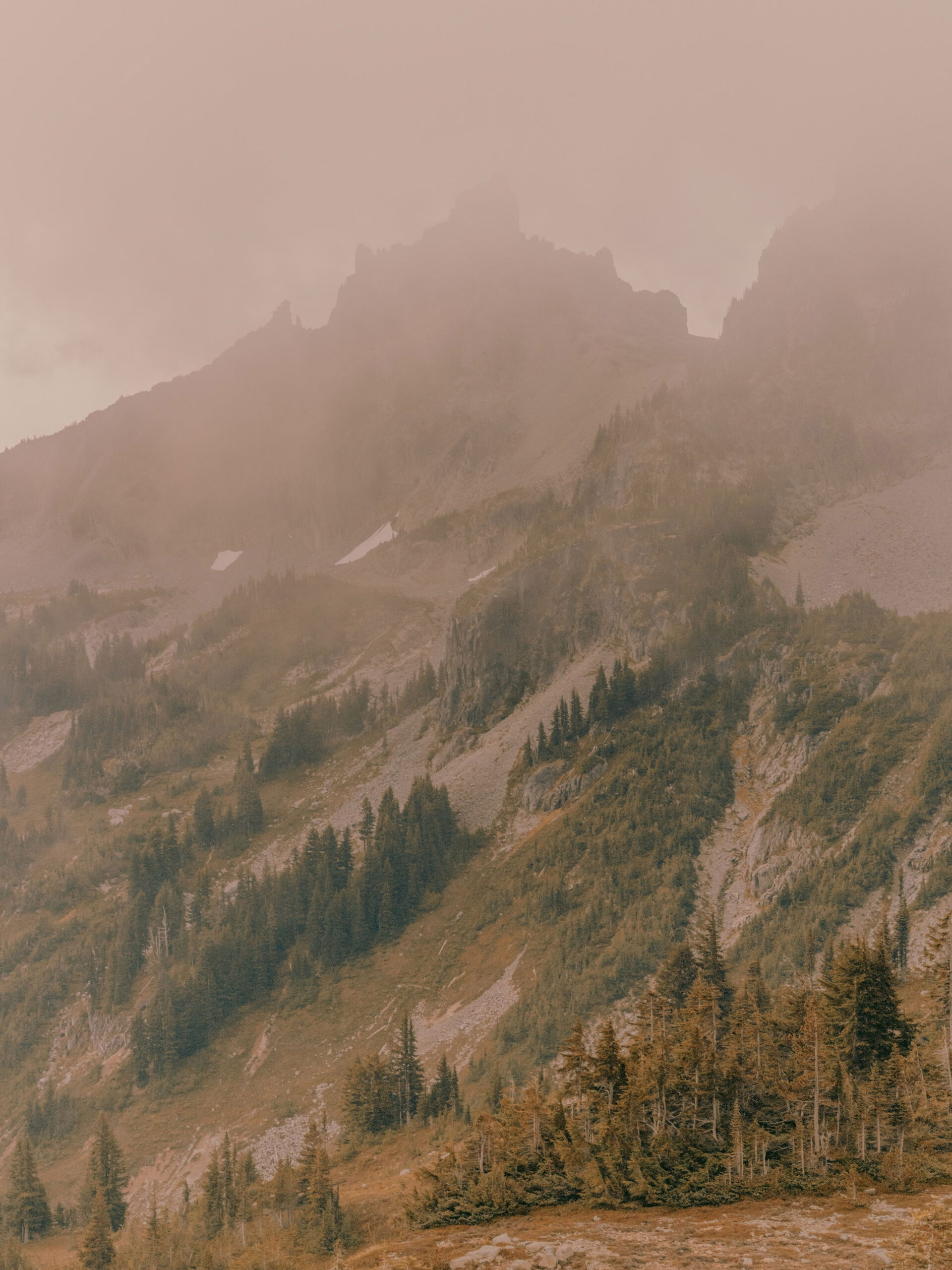
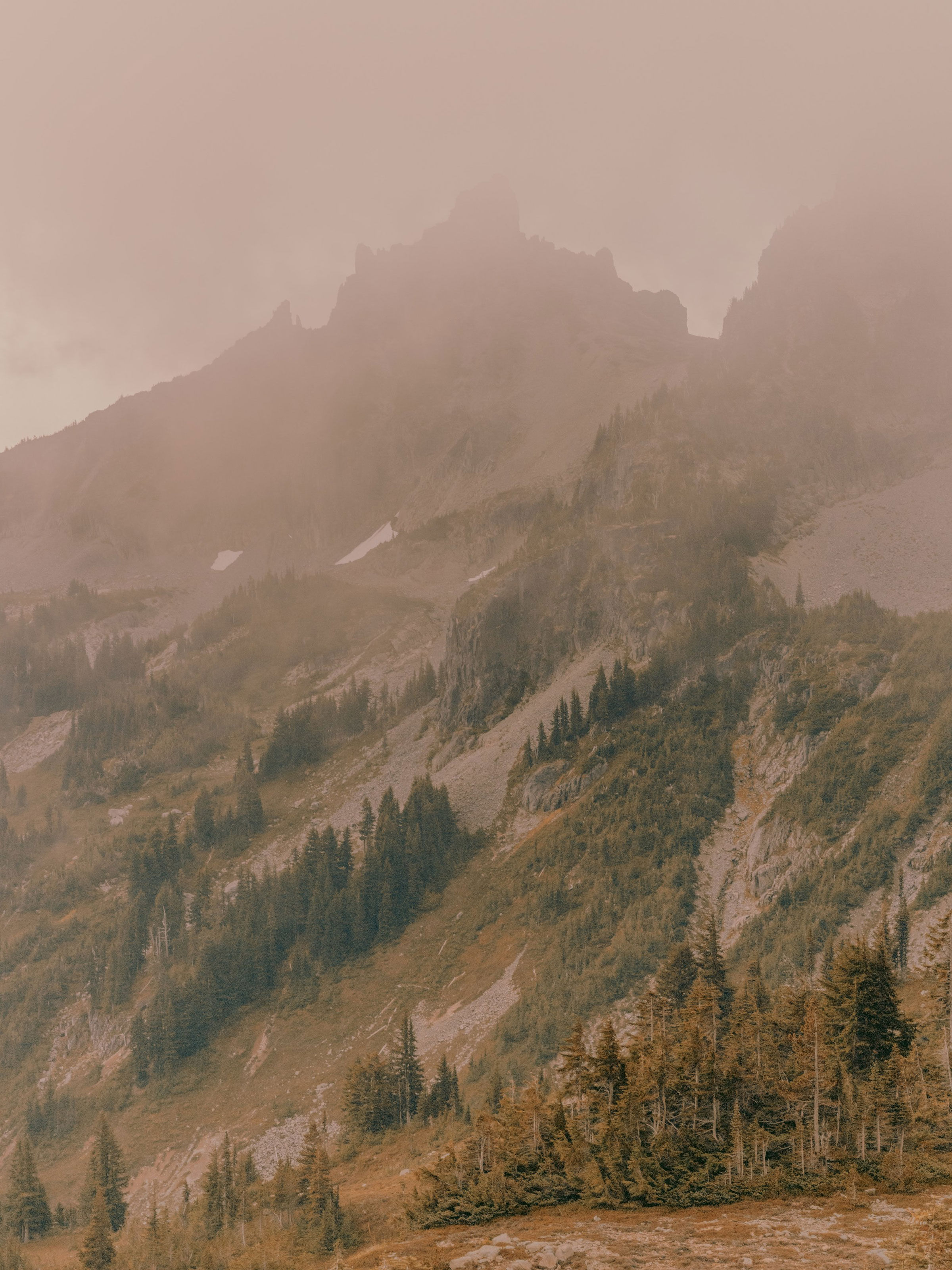
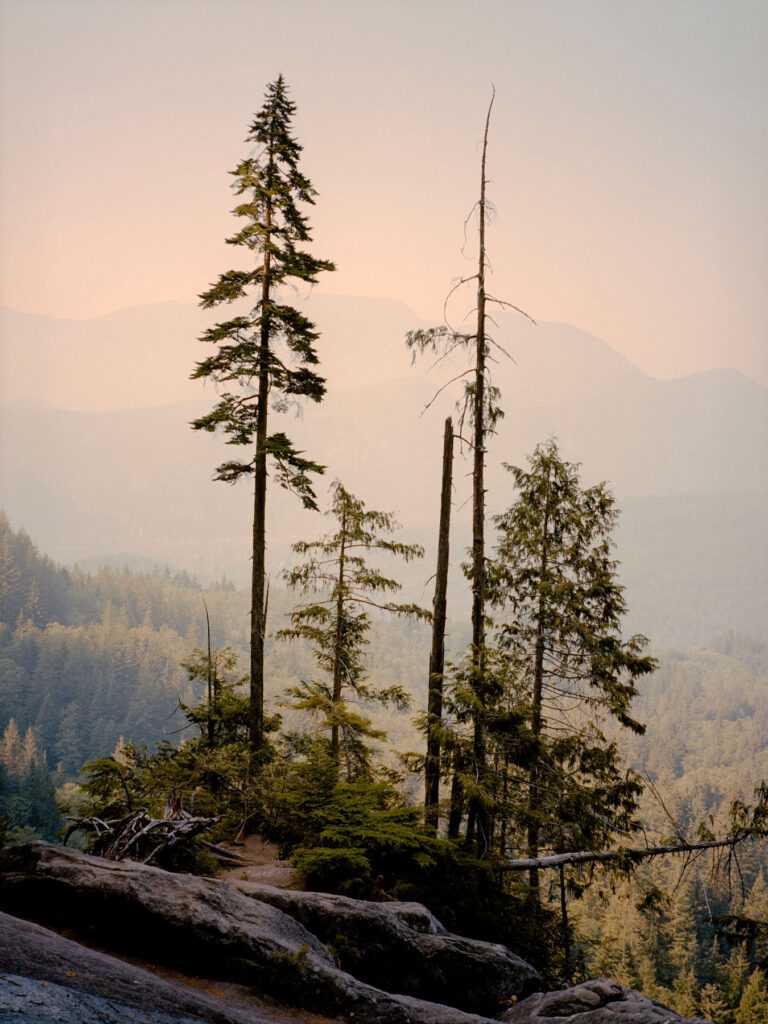
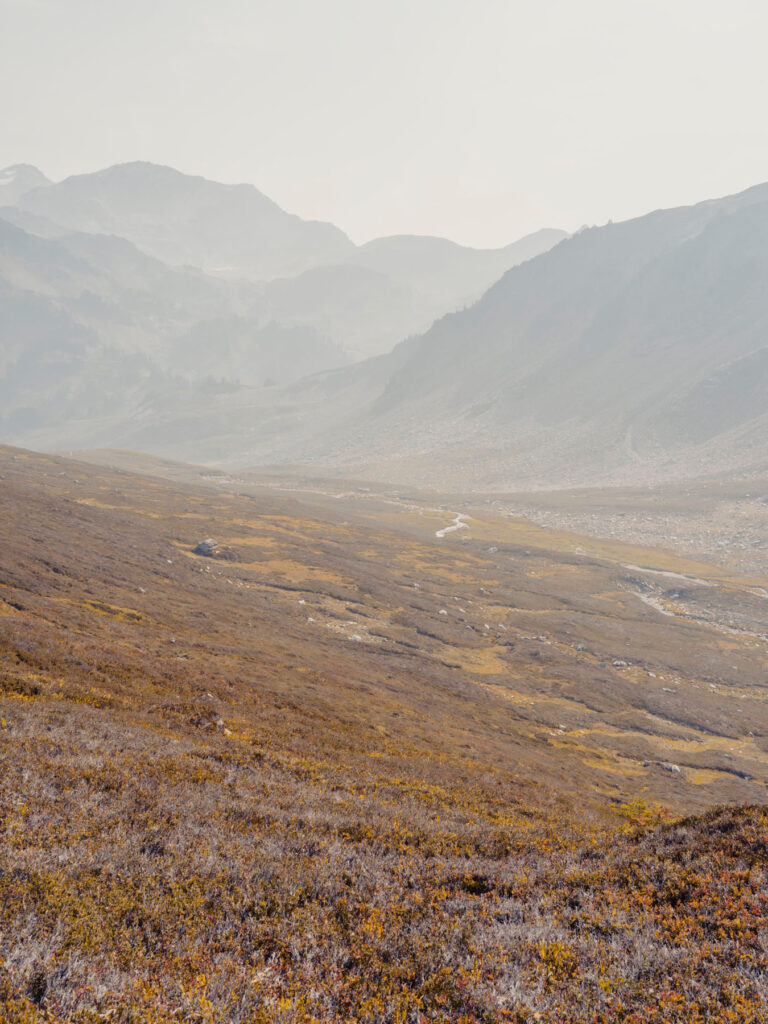

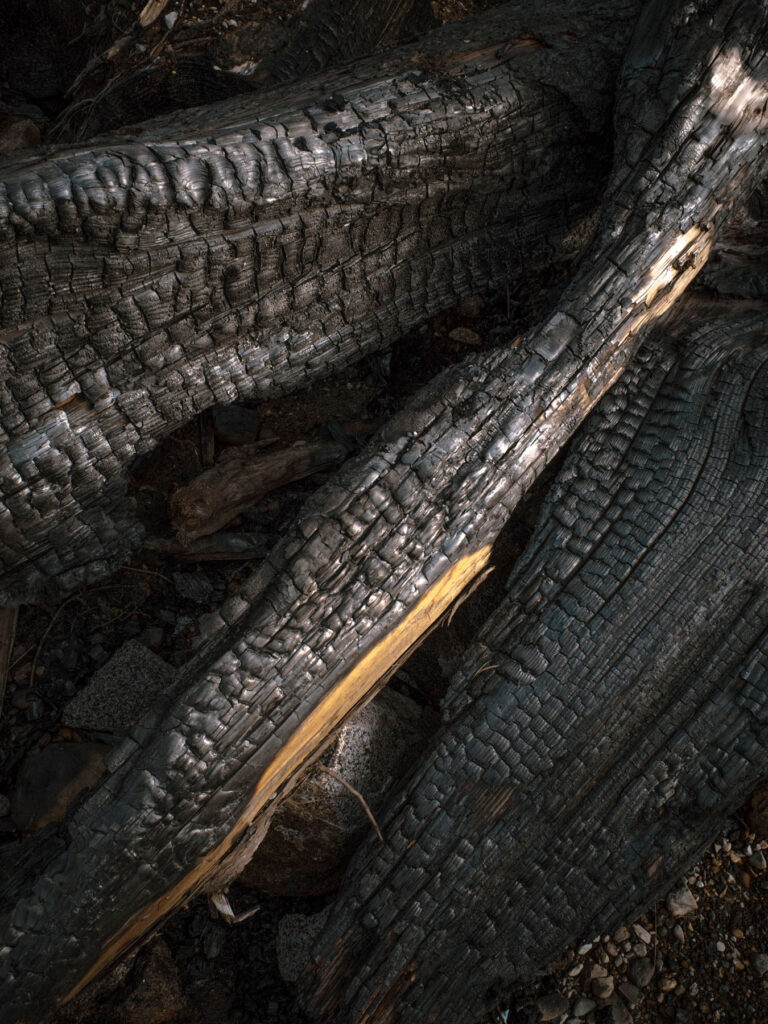
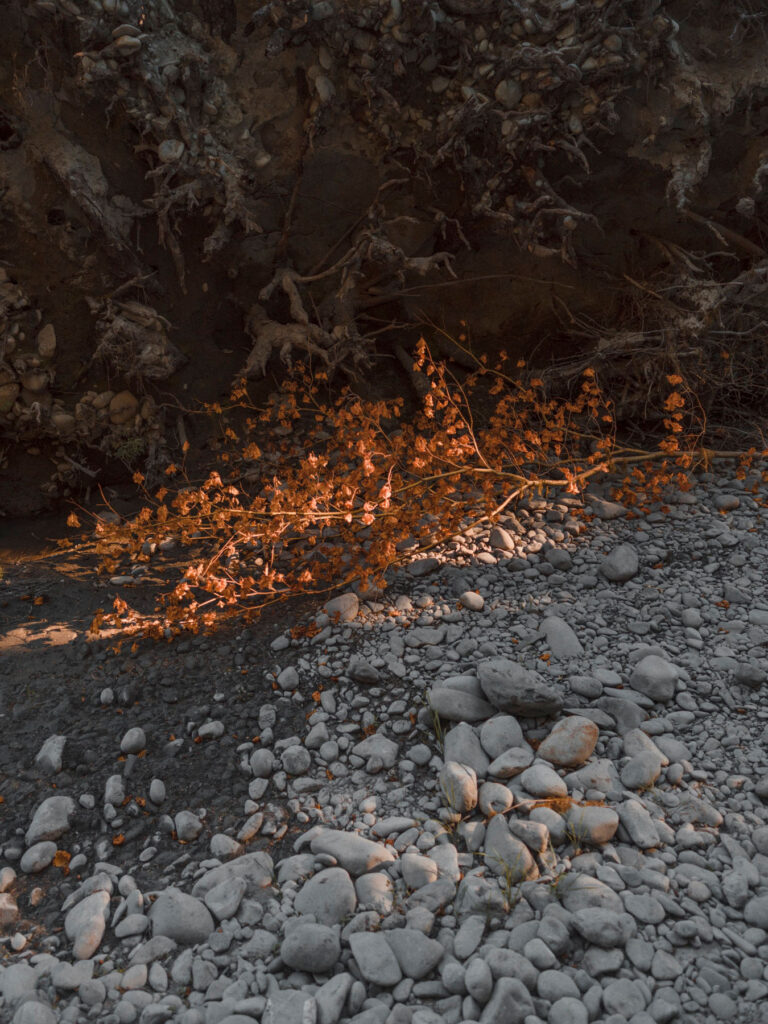
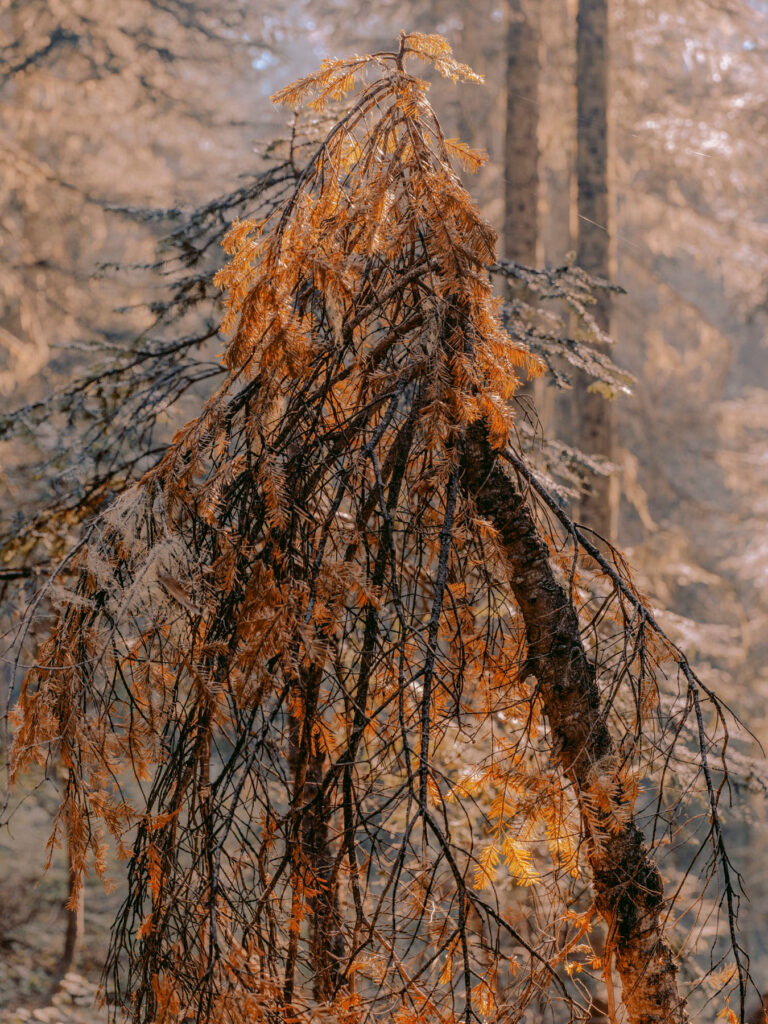
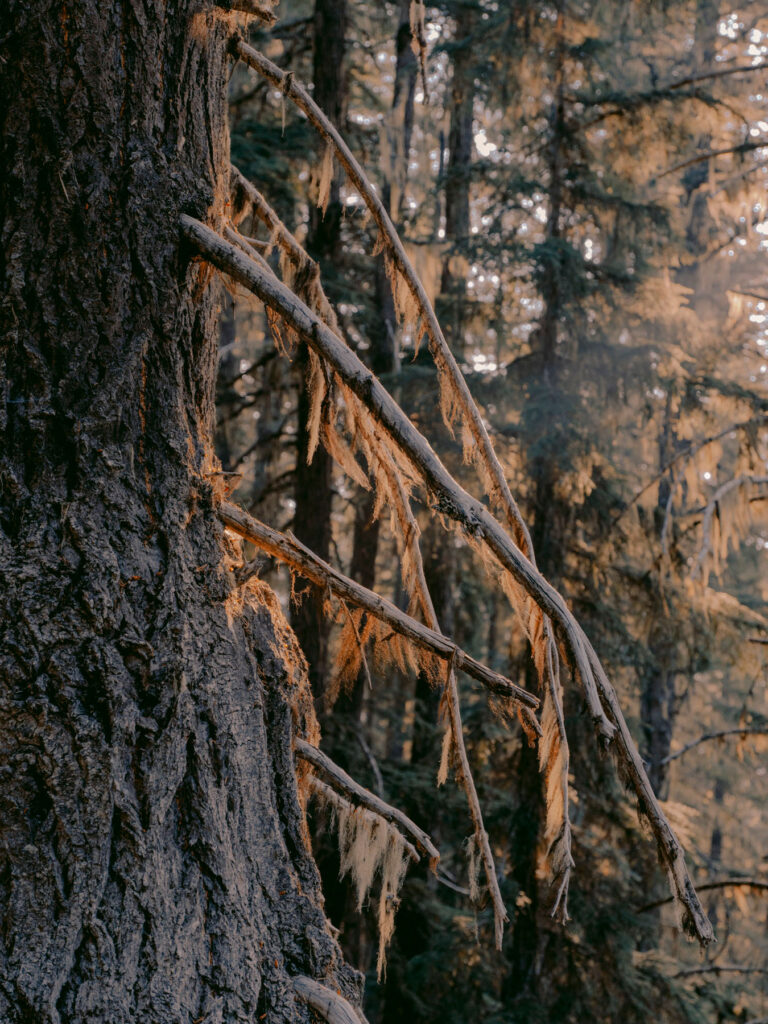

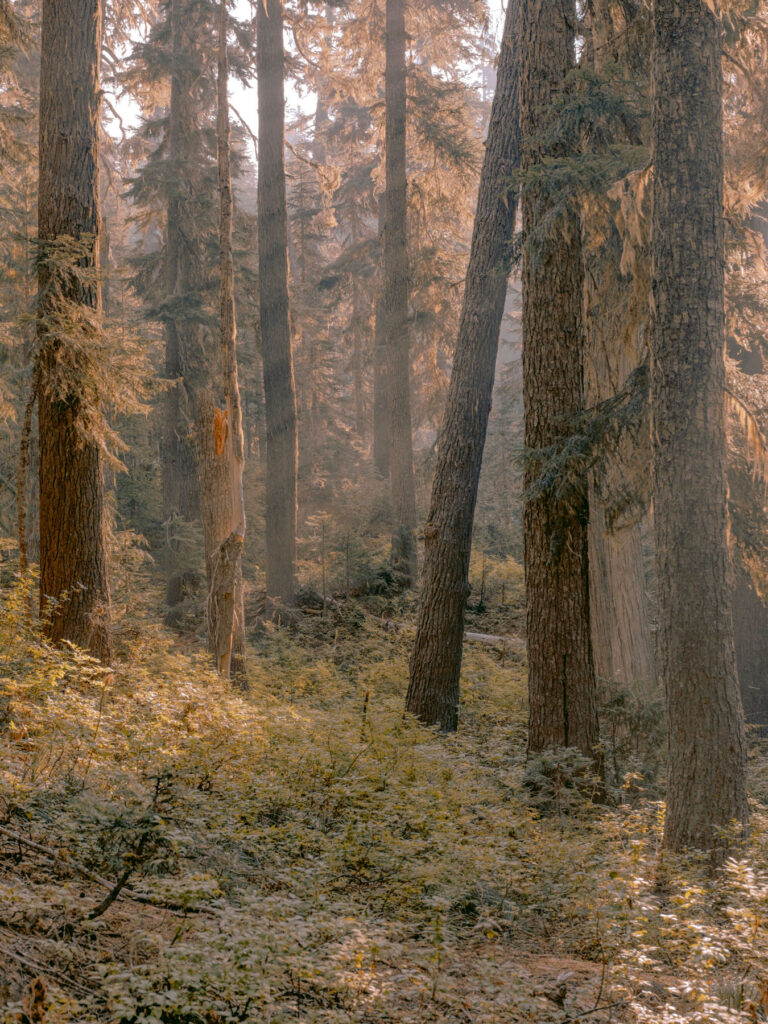

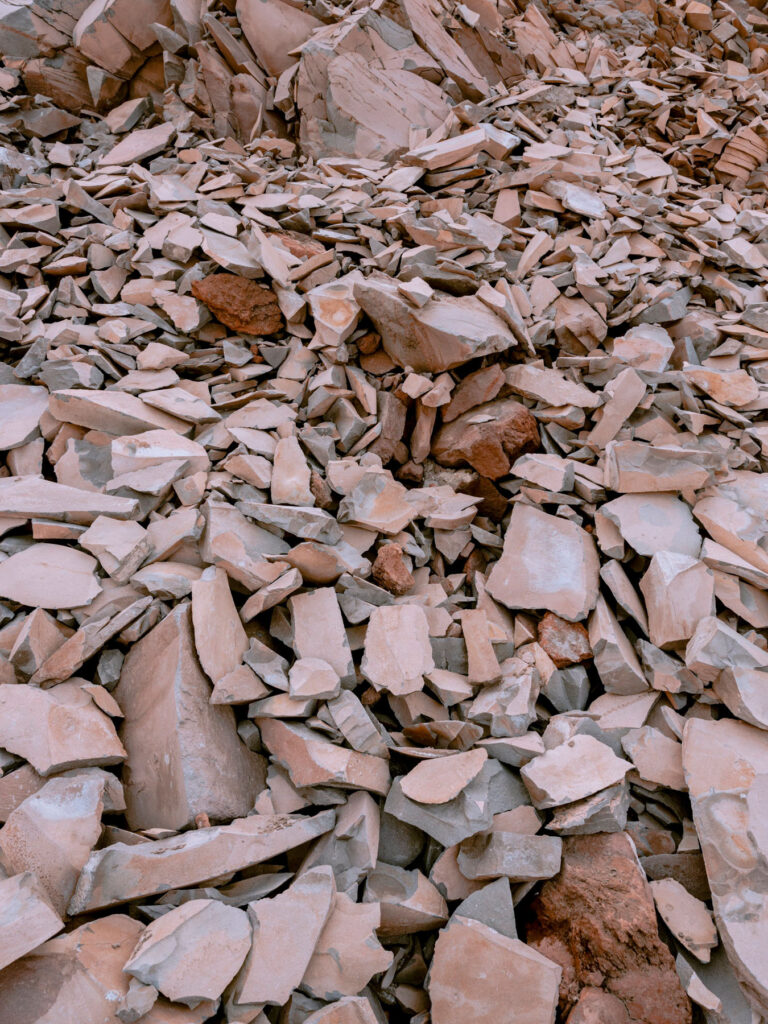
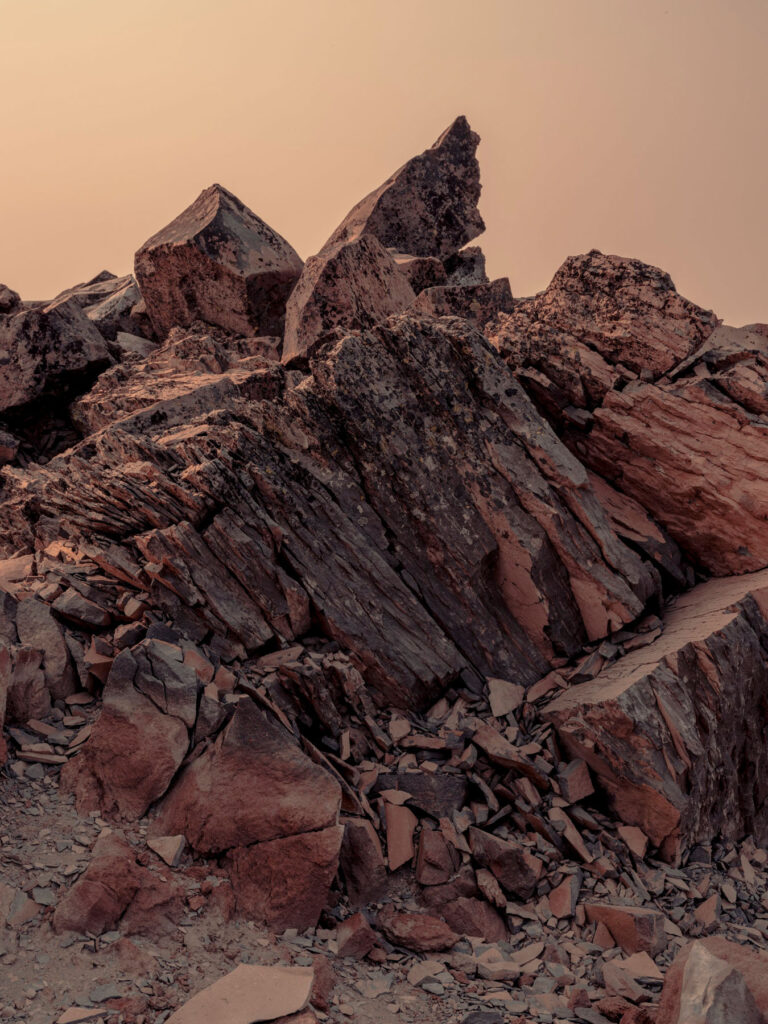
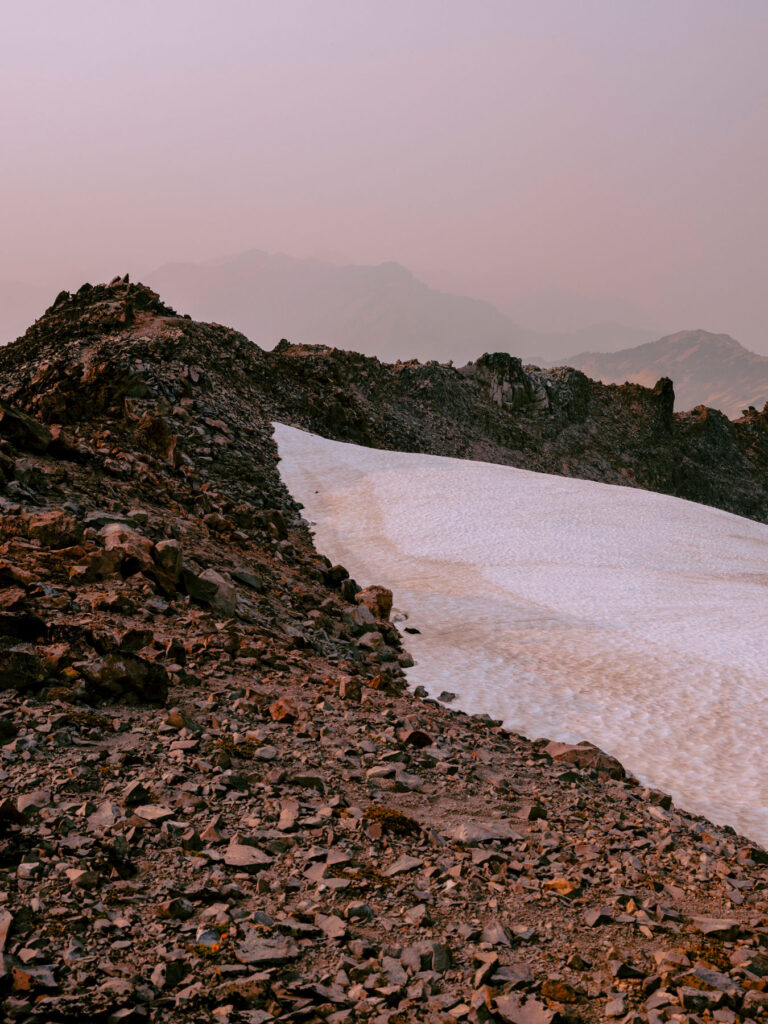
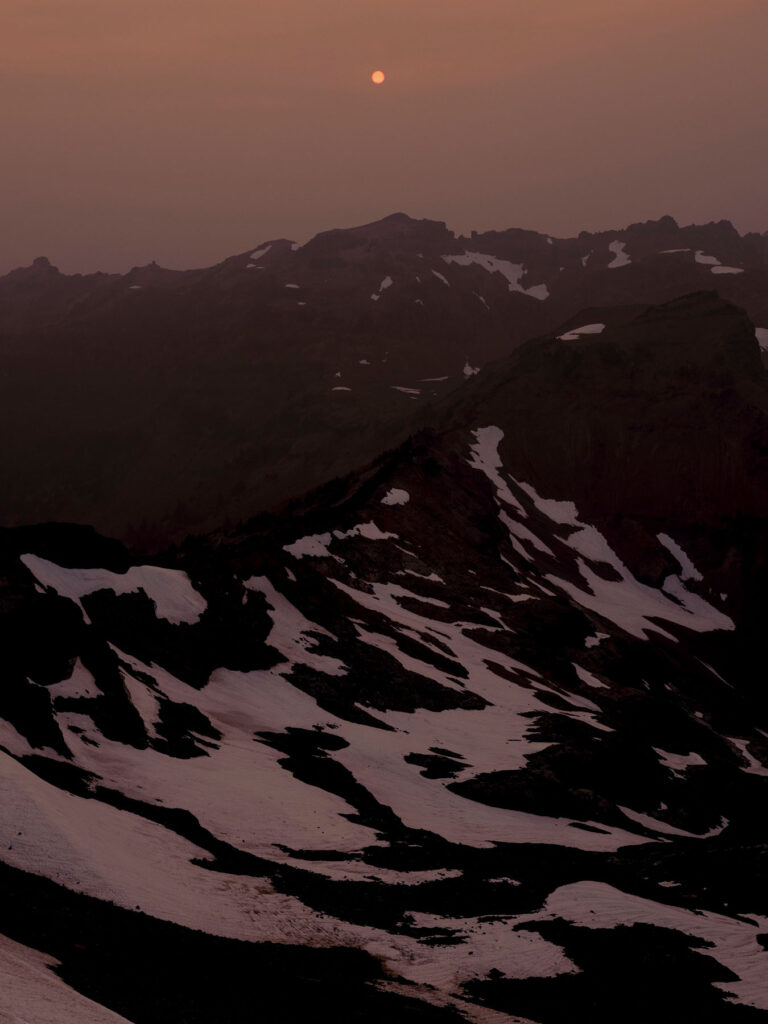
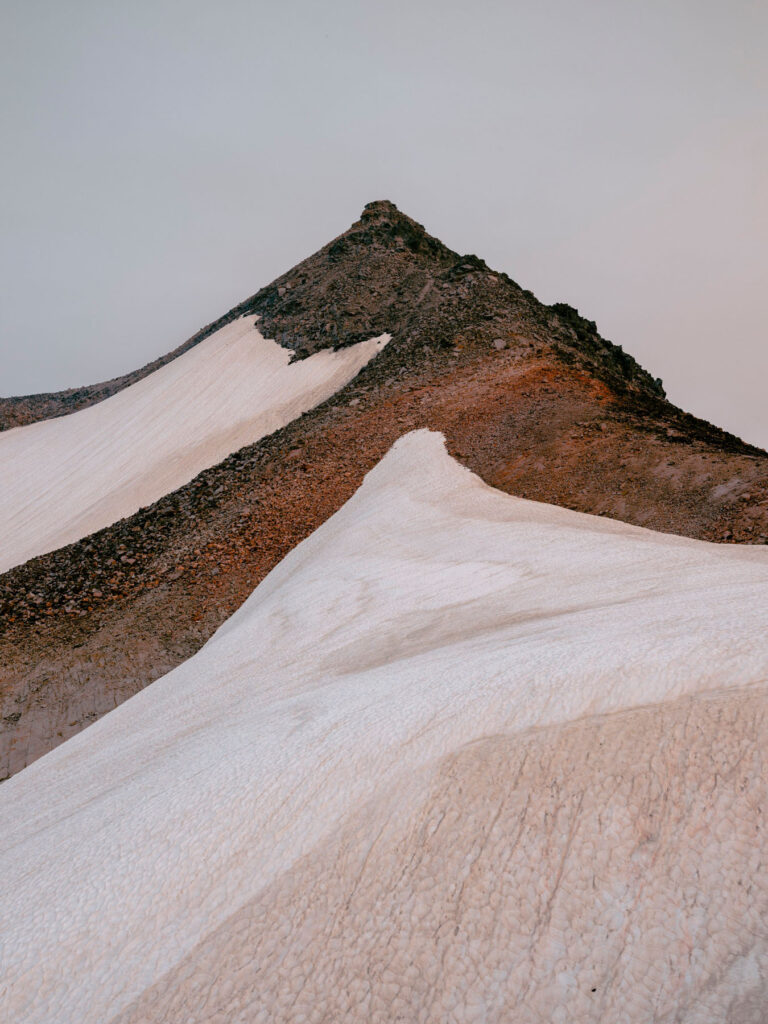
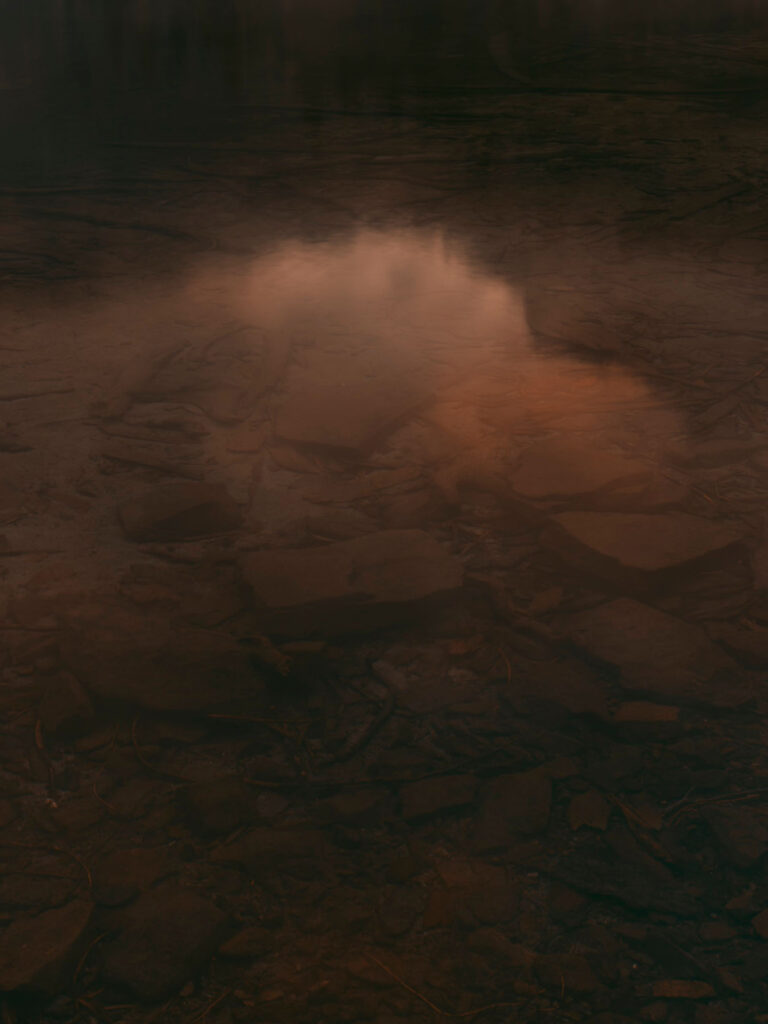
Credits
Photography · Cody Cobb
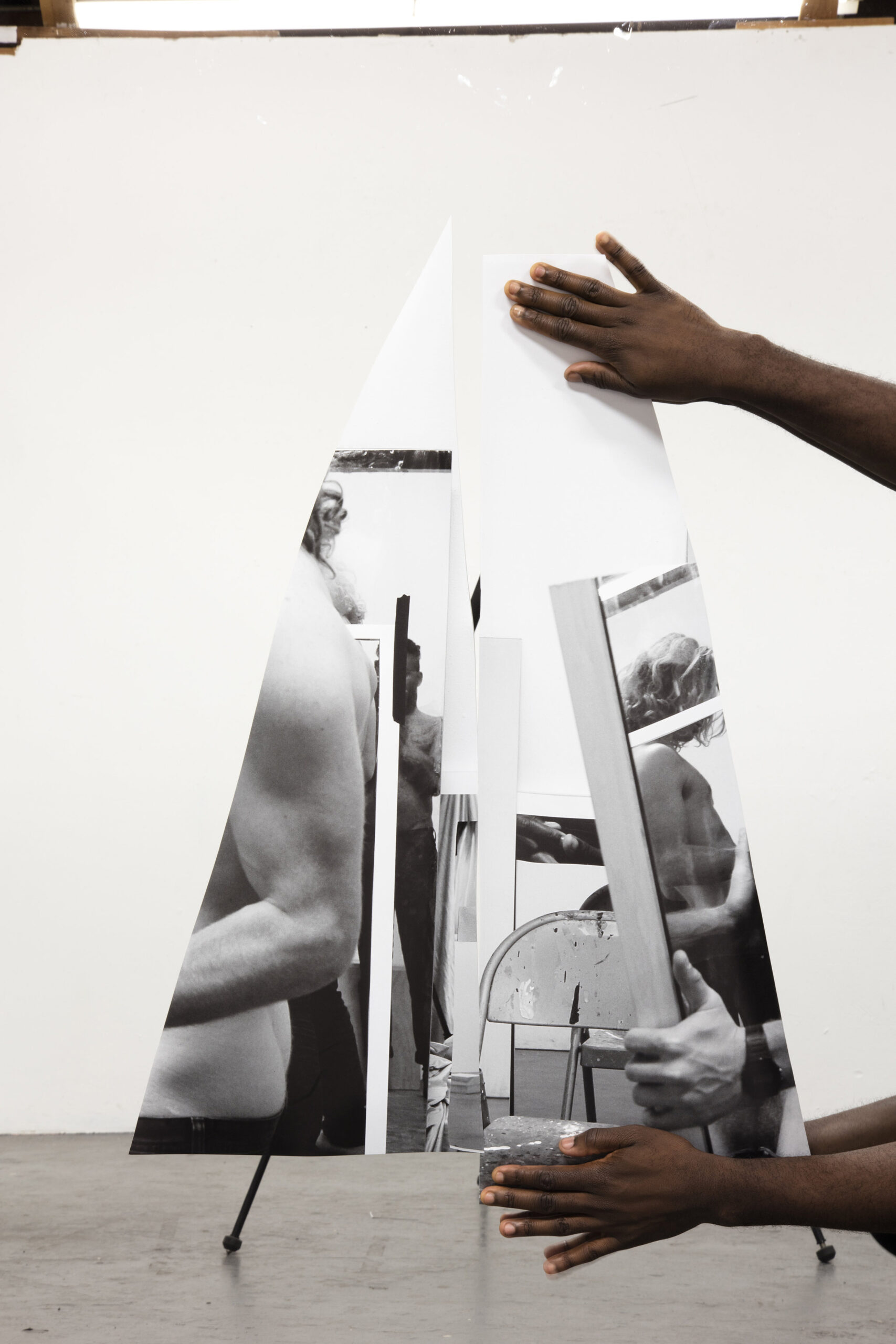

It’s the small details that capture attention in the work of Paul Mpagi Sepuya – the evidence and lasting presence of human encounter, finger prints and smudges on glass, for instance. Though the photographer works only with a digital camera, there’s a certain tactility that lingers in his work.
Relationships come to the forefront; Sepuya’s work centres around friendships, intimate encounters, muses and himself. The notion of the ‘dark room’ (which has been referenced both in titled works and in solo installations) lays claim to ambiguity – it both refers to the place in which the photographer creates, documents and develops, and it is also the space of homoerotic sexual exchange. The lines are, at once, blurred and clearly demarcated. In the absence of interpreting the dark room in terms of its analogue definition and purpose, Sepuya ‘develops’ his photography through a process of collaging, layering and re-production. A photograph becomes a multi-layered image, further distorted by the presence of mirrors that are often the focus of the camera. It’s difficult, at times, to ascertain what is what: within a single work, fragments of figures and moments in time are often combined. None of which is accidental; such an amalgamation of displaced aspects come together as a multifaceted study in portraiture.
Throughout Sepuya’s work there’s a critical awareness of the role that his camera plays in capturing time and its implications on human interaction – something that is quantified by the inclusion of his work at MoMA’s distinguished ‘New Photography’ exhibition under this year’s theme ‘being’.

NR: Some of your photographs address individuals by name in the title, others refer to a figure or figures; is there a logic behind the distinction?
Paul MPagi Sepuya: My earlier portrait projects, beginning with Beloved Object & Amorous Subject (Revisited) from2005 – 2008, and the other portraits up until 2014 were all titled by the name of the individual or subjects. I don’t photograph models and there are friendships, collaborations and at minimum social acquaintances with everyone at the beginning of or working together, it was important for me to ground the work in that social space. As the individual portraits moved into the world, and into various studios I was working in (the earlier works were photographed in my home), the titles came to include the date and location of the photograph. Those photographs could be portraits, or me re-photographing materials in my studio which gave way to a “collage” type style, though the work was never collaged.
Figures came into the work when I returned to Los Angeles for grad school at UCLA. Reconstituting materials through arranging them on the surface of mirrors that I would photograph in front of my tripod-camera allowed me to create compositions *about* subjects more loosely, and so the number of figures noted corresponded to the number of subjects in the fragments that made up the complete picture. Currently, I have left behind names from my titles. Each work is titled by the project that it inhabits (Mirror Study, A Portrait, Studio, A Ground, etc…), and the name given the file capture in camera.
“I’m interested in emphasizing the inside-outside aspect of recognition within this ‘dark room’ space where, like all of my work has been positioned, it is the meeting points of queer and homoerotic creative, social, and sexual exchange.”

NR: How do you relate to the people in your photos, when their bodies appear fragmented and abstracted?
PMS: I know every fragment, sliver of space or edge of a table that relates to a figure not present. That’s to say, they are never fragments or abstractions because, indexed alongside them in a larger project, are the notations that tie them to the full portraits. I make a point of saying that;
“no subjects are left to fragmentation and abstraction in my work; there is always a full portrait of each subject.”
NR: What is the appeal of digital photography for you?
PMS: It’s efficiency for my process, that’s it. I am strongly against the digital manipulation of my pictures, or creating/assembling pictures through digital collage, etc. The material that is arranged, cut, and affixed on the surface of the mirrors comes from the in-process materials in my studio. So to be able to photograph, print and re-photograph within a single space is important to me. It’s a method that began during my residency at the Center for Photography at Woodstock in 2010, and I have used in various forms since then.
NR: If taking a photograph can capture a specific moment in time, how does your practise (from taking a photograph to reworking and collaging it) relate to notions of time and memory?
PMS: I am less interested in moments in time (which I associate with the outside world) than with the “collage of compressed time” – or something to the effect that Brian O’Doherty speaks of in Studio and Cube: On The Relationship Between Where Art is Made and Where Art is Displayed. He describes studio time as placing all material in the present, within the reach of revision and remaking by the artist’s hand. That is how I associate the process of portrait-making with the real-world relationships that make that production possible.
NR: Can the context of viewing your work as part of a wider exhibition influence the way the pieces are perceived? And add to their development as ‘works in progress’?
PMS: Yes, indeed. All of my work is made toward the consideration of a grammar and visual rhythm, whether it’s content, formal elements or scale, in relation to my larger body of work.
NR: What is the allure of the physicality of photography (when it’s printed out to be used for collages, or when it’s featured in zines or books)?
PMS: Images can’t just free float. I am invested in the handling pictures, having to contend with them physically. I started by making zines and books, and with the current “collage” works,
“it is important that I am inherently a part of the image during the process of their making.”
While I work, I am within the reflected space of my studio.
NR: What, if anything, do you want the viewer to take away from your work in regards to queer and black identities?
PMS: Absolutely nothing as far as identity may be proscribed. But everything as far as the materiality and sociality of queerness, homoeroticism, and blackness as requisites for a kind of knowledge and experience otherwise obliterated by whiteness and heteronormativity.

NR: Your photographs often allude to the presence of people no longer present in the frame, from fingerprints in the mirror to abandoned orange peel; what is the significance of the documenting these aspects?
PMS: Whether a subject is represented through pictorial representation in a straight-up portrait or not,
“I want the images to include an indexical mark of the social world from which it comes.”
These traces of real people can’t be faked. They are like smoke to fire. Funnily (or frustratingly?) enough, someone once asked me about the “smoke” in the photographs and I had to correct and say, no they are *another* kind of trace. They are the smudges of bodies – my own and others – as we work to make the images.
NR: The photographer’s studio connotes a sense of purpose and control over the subject and the outcome, is this something that you consider or navigate through your work?
PMS: Since I first started working in a studio and became fascinated by the possibilities therein, it’s become a site for me that really amplifies my presence, in thinking about the history of that control asserted by the artist along with the loosening of social and sexual morality that becomes permissible in that space. The permission that, within the world of the artist, is given to re-arranging and representing desire.
Photos